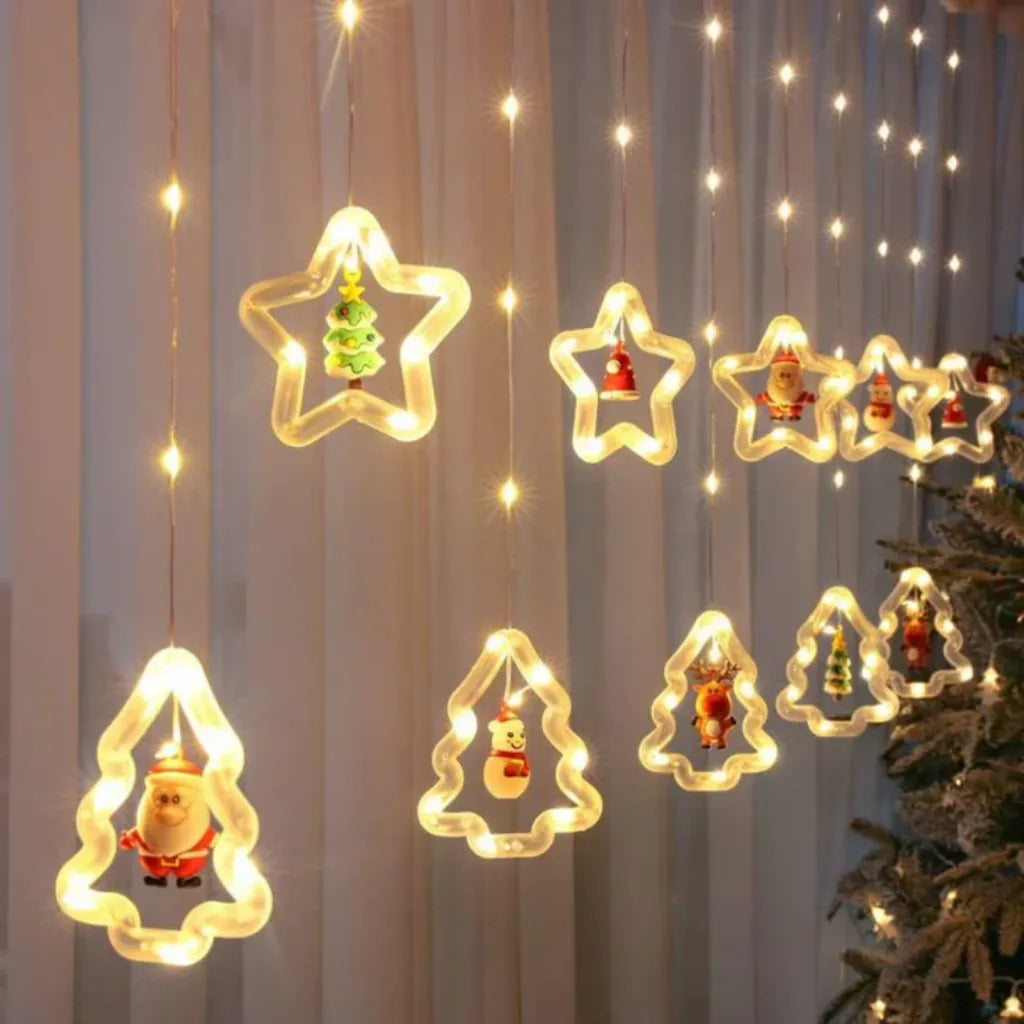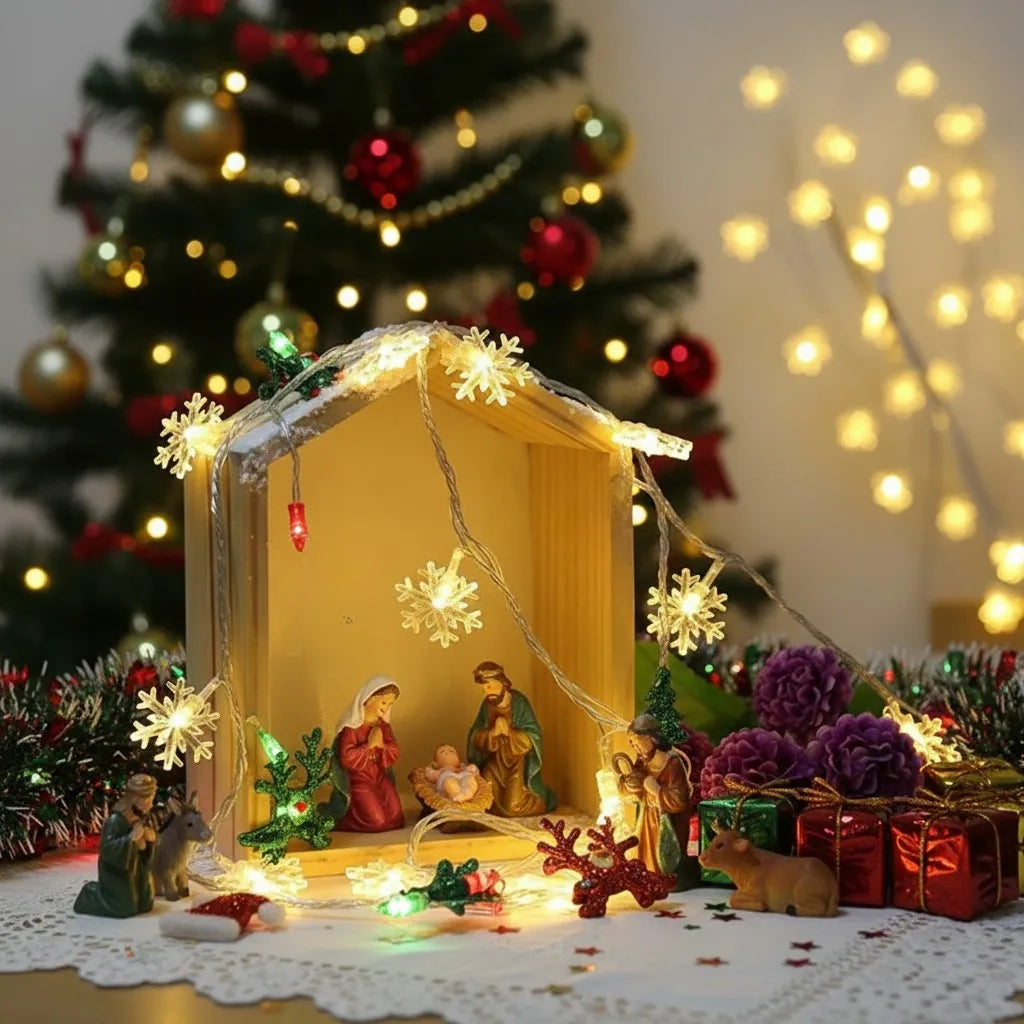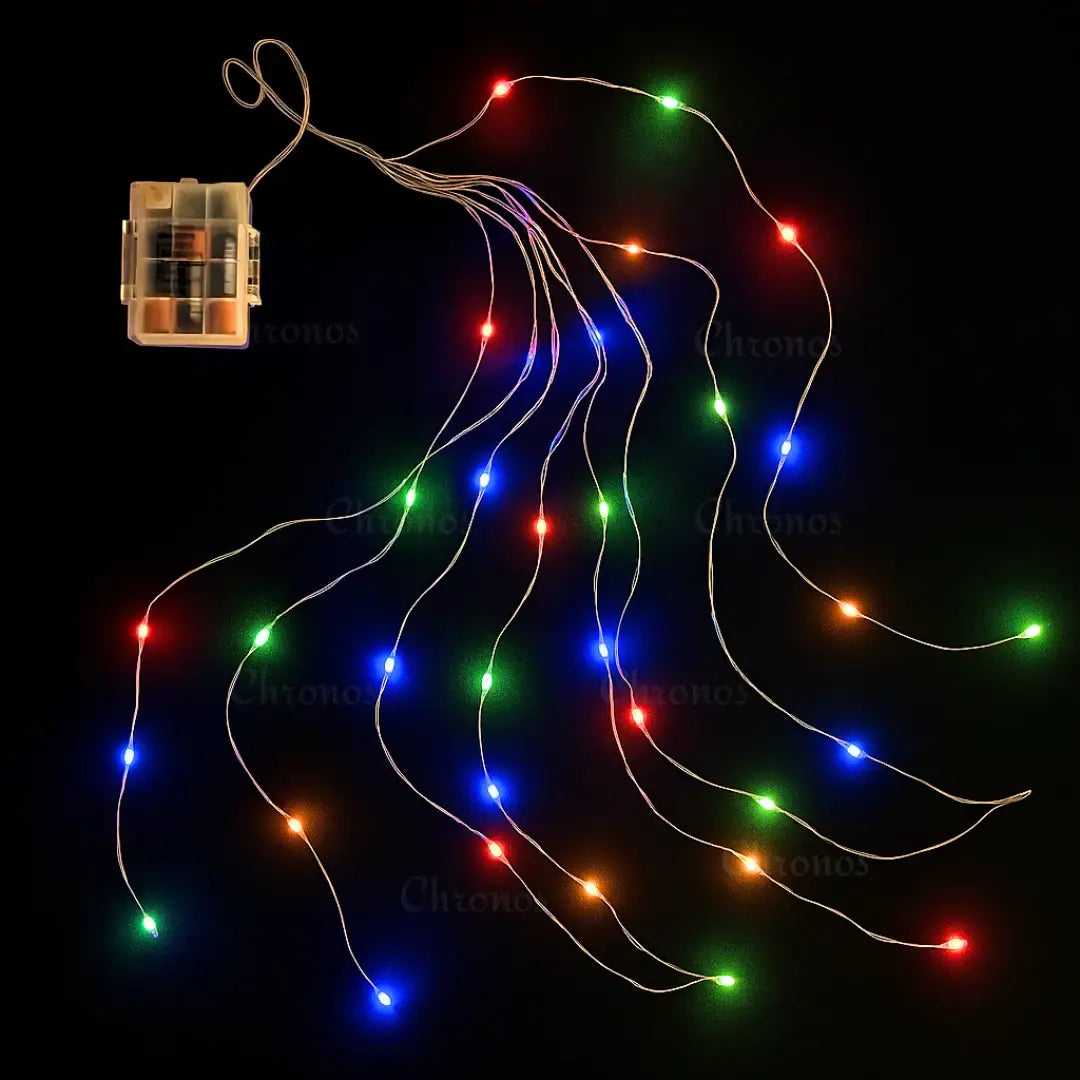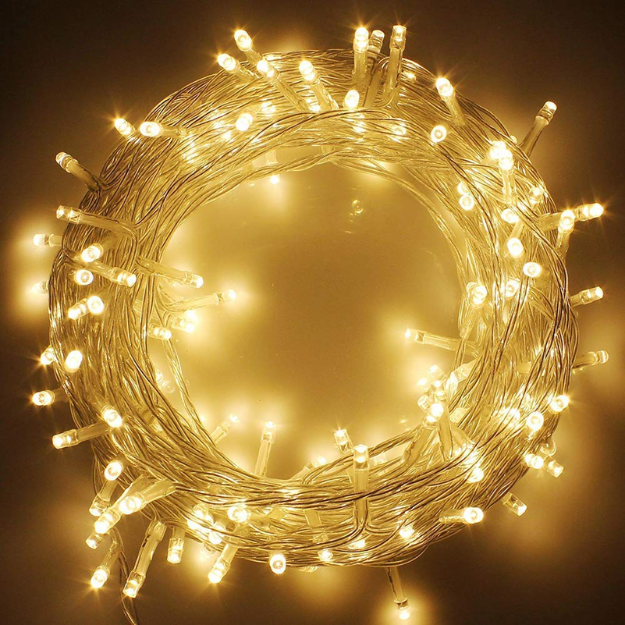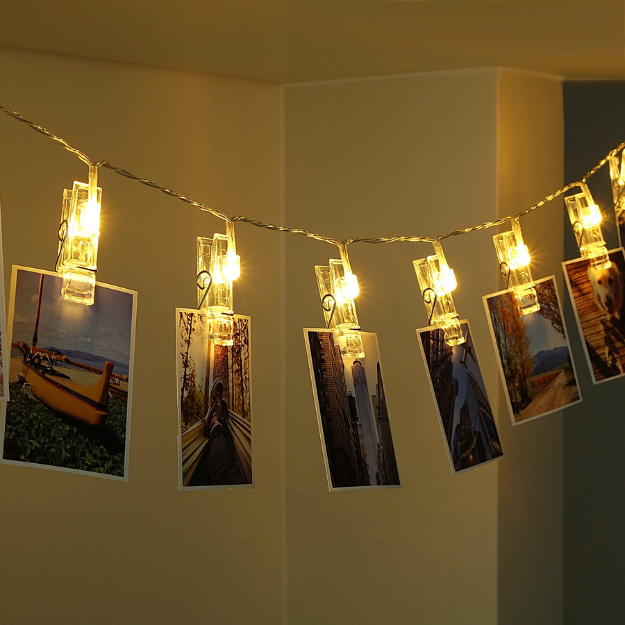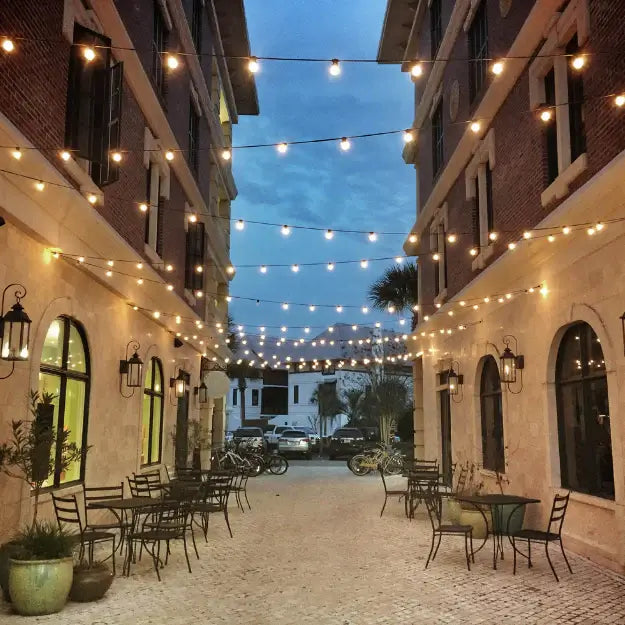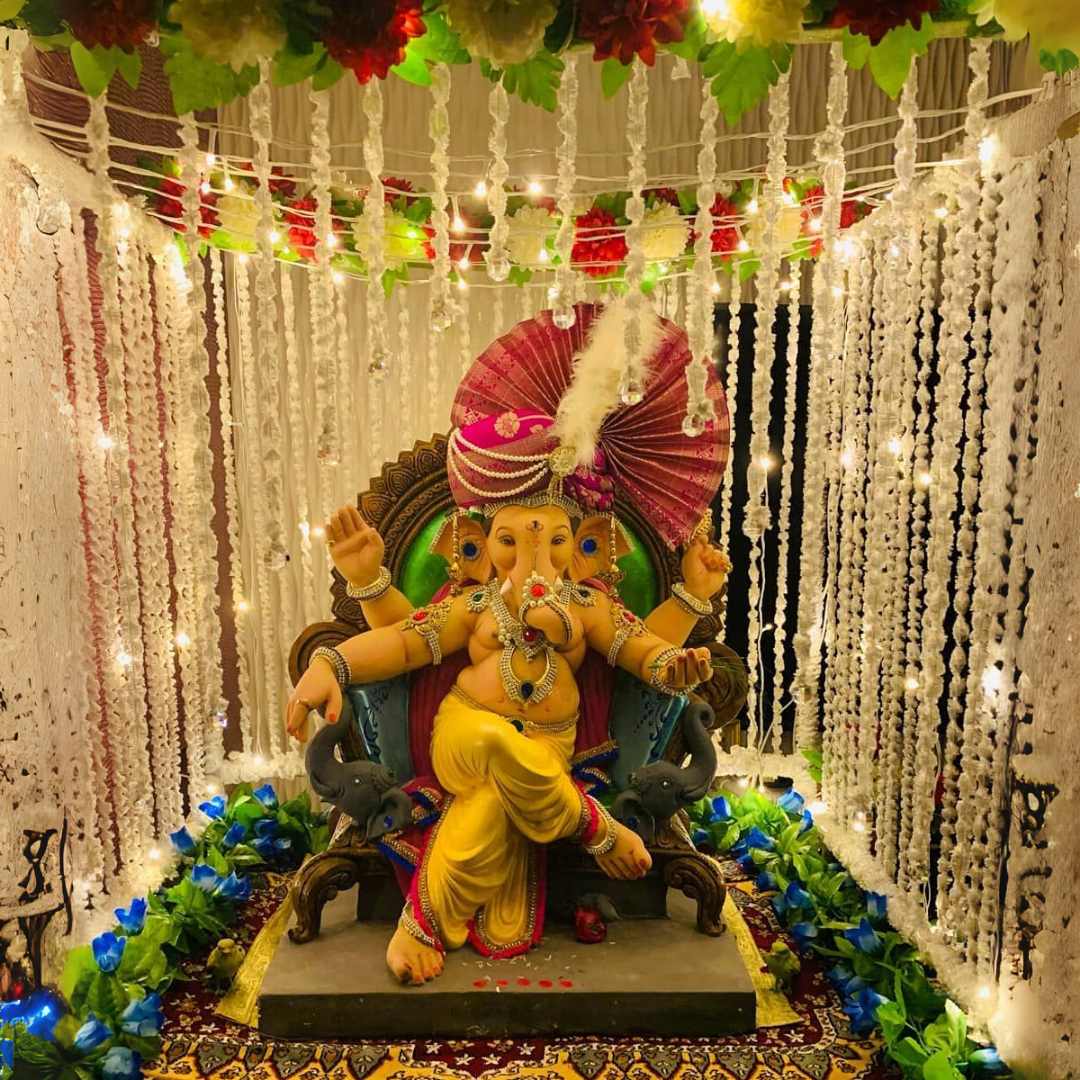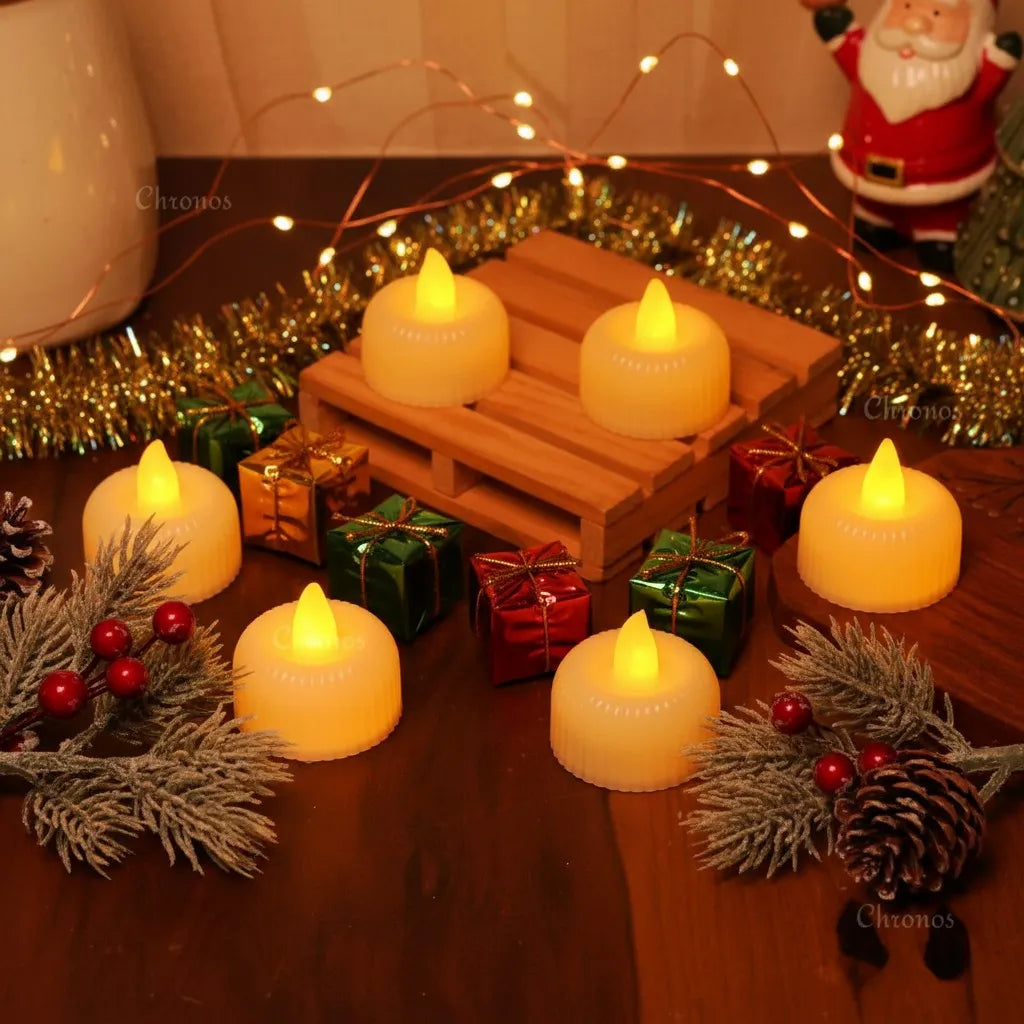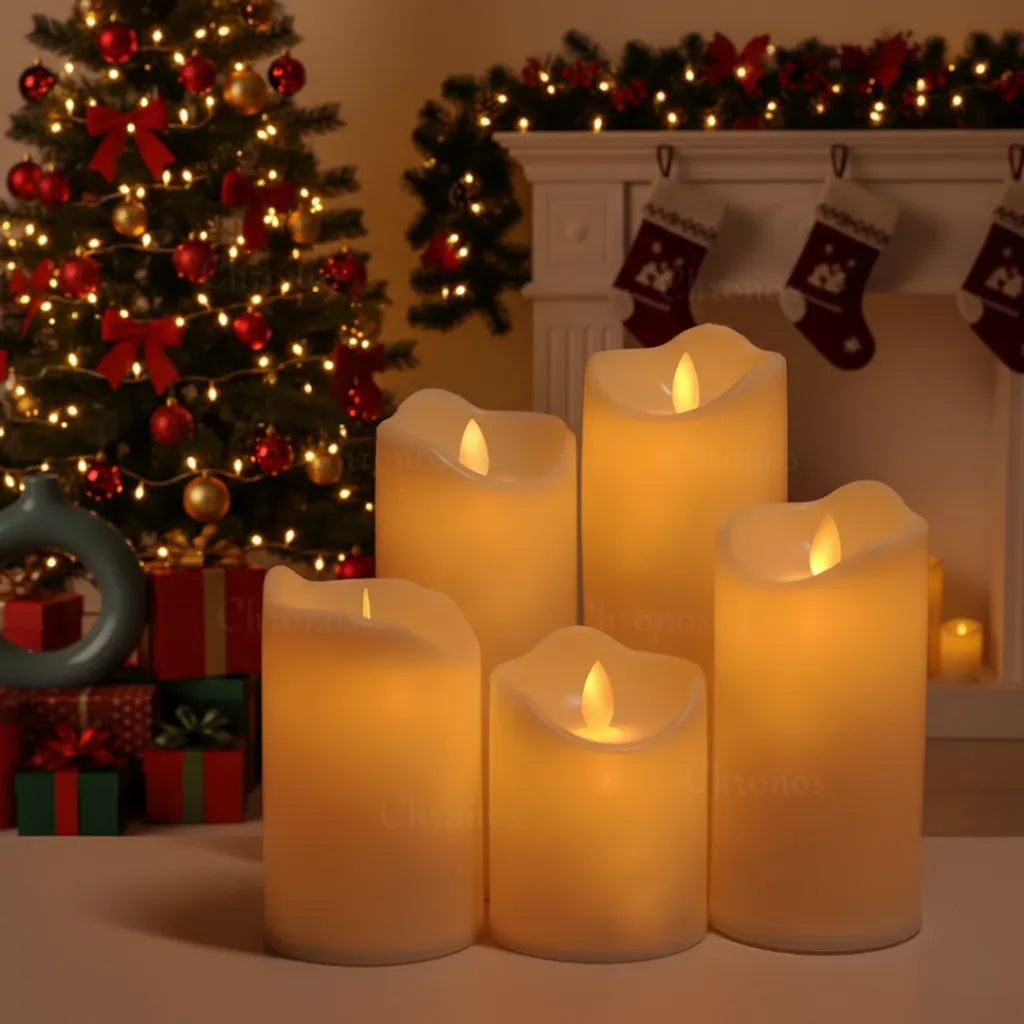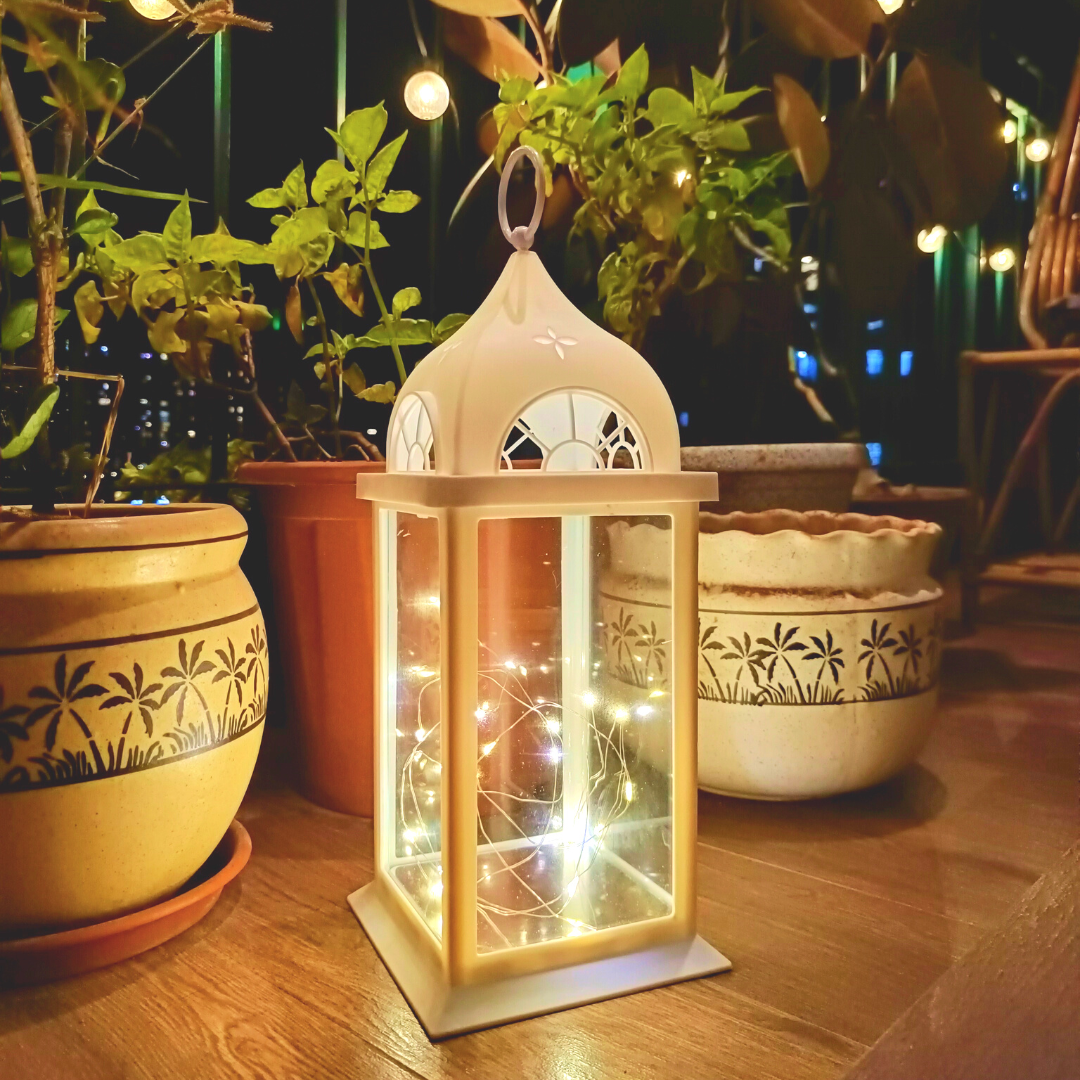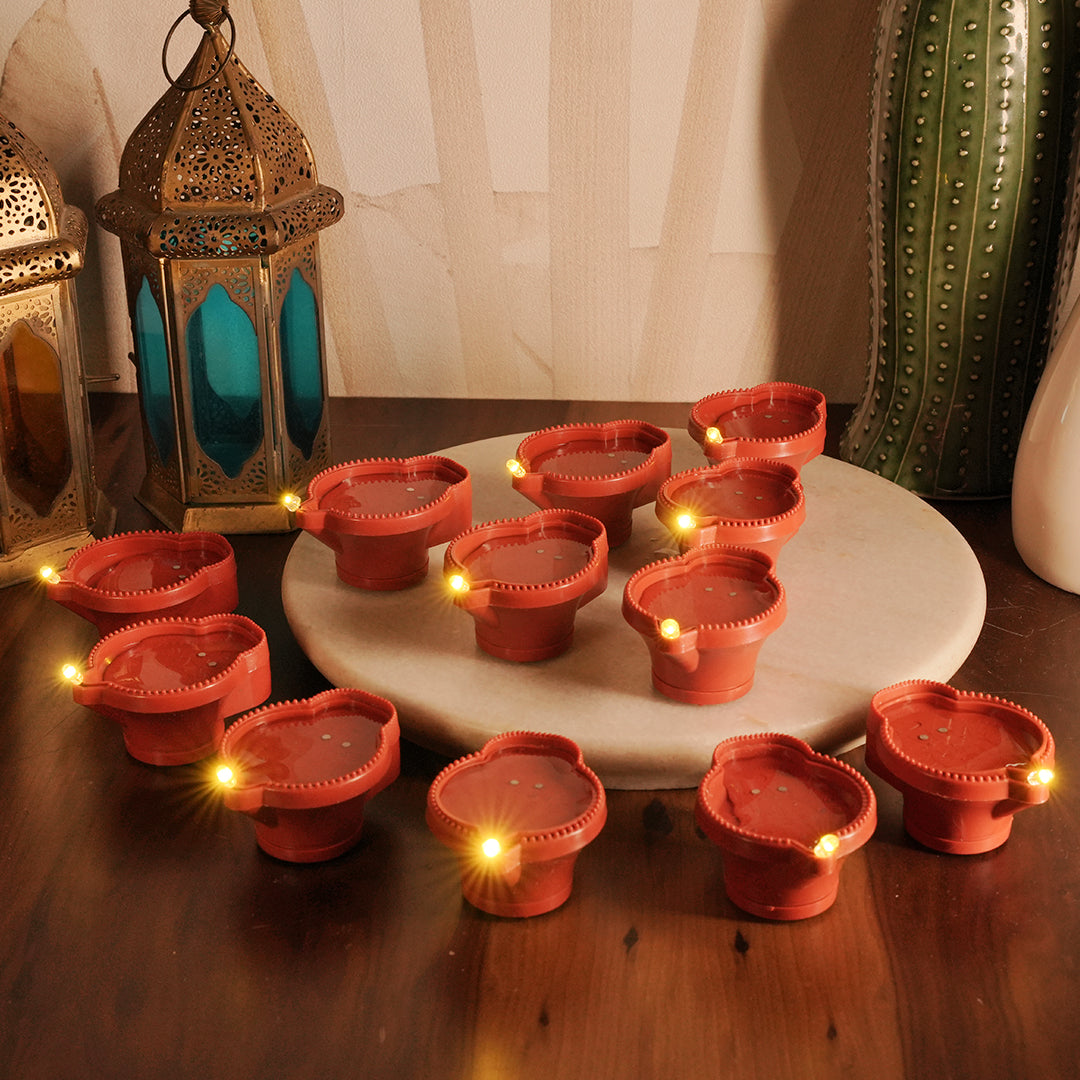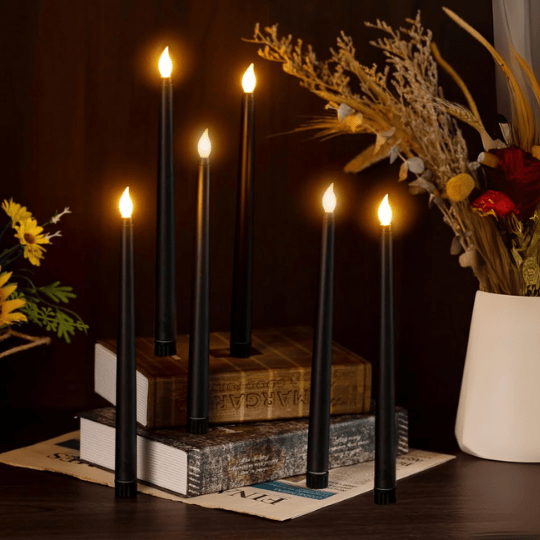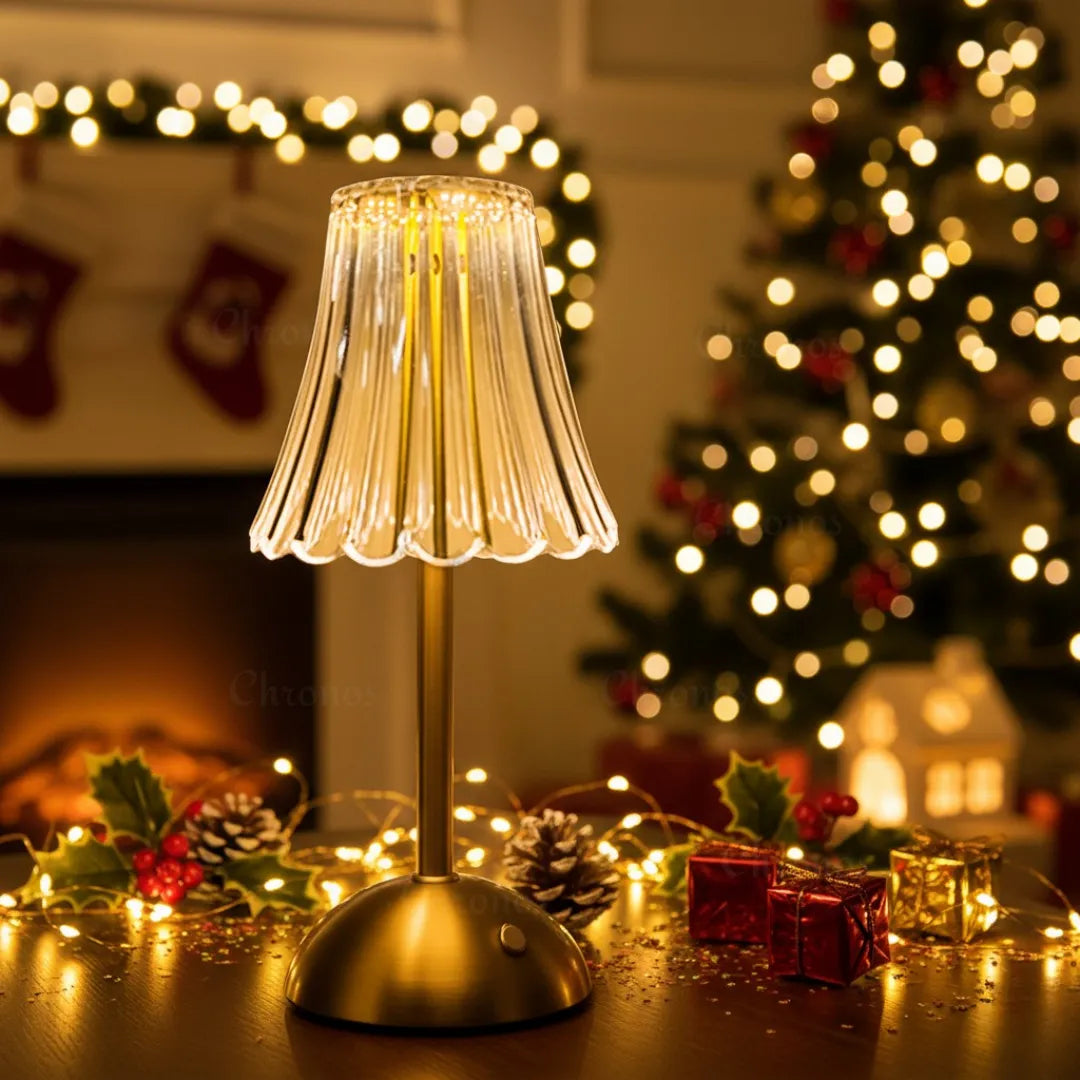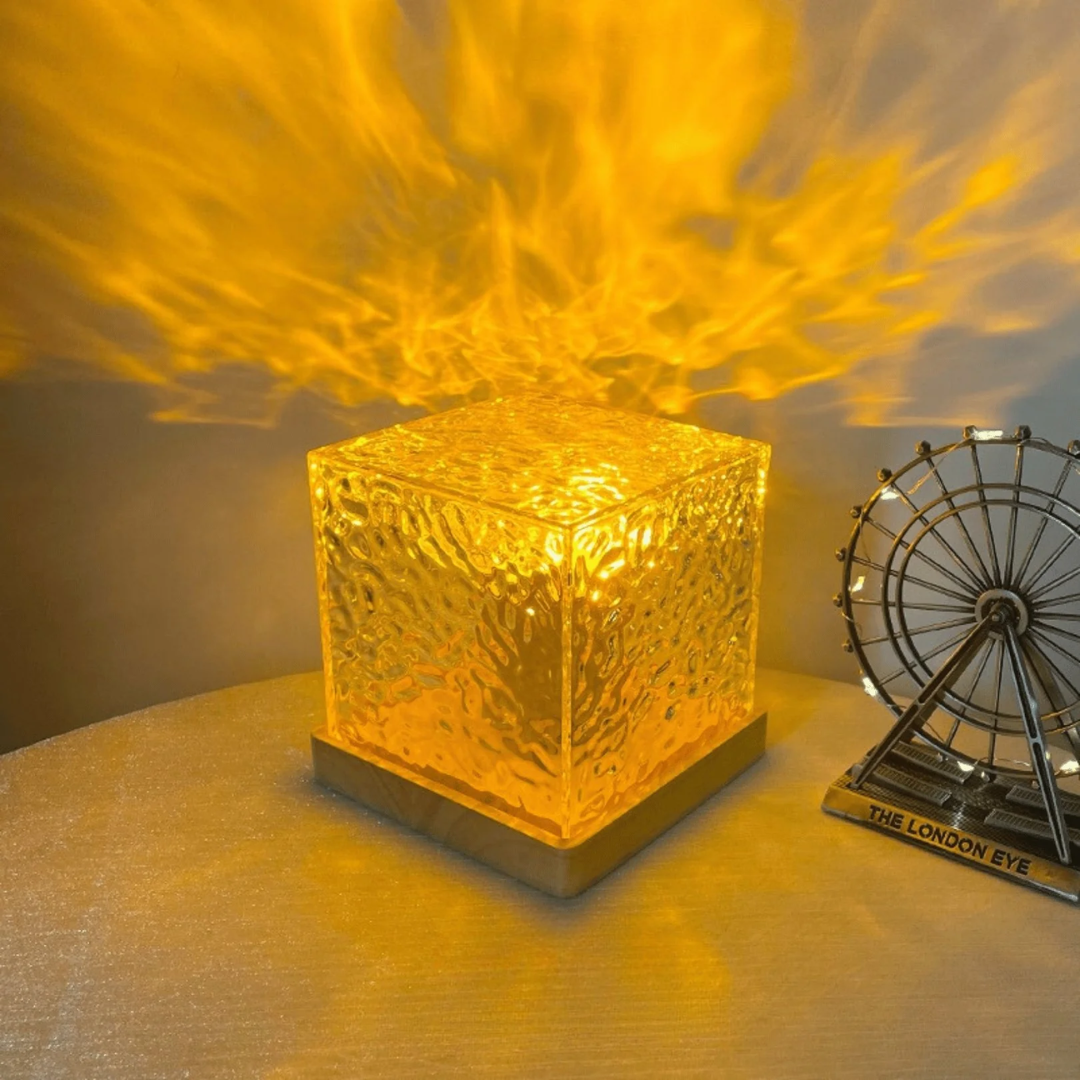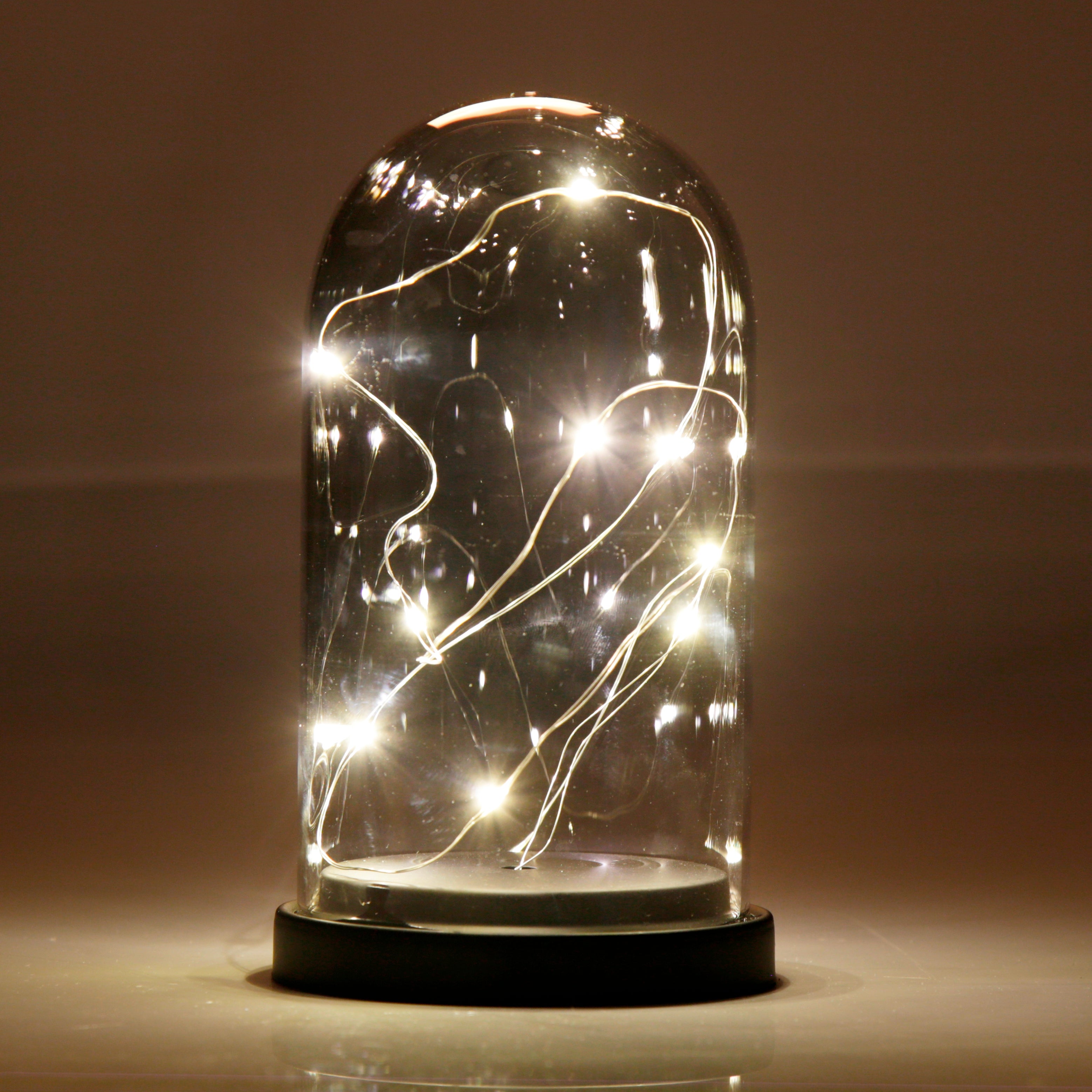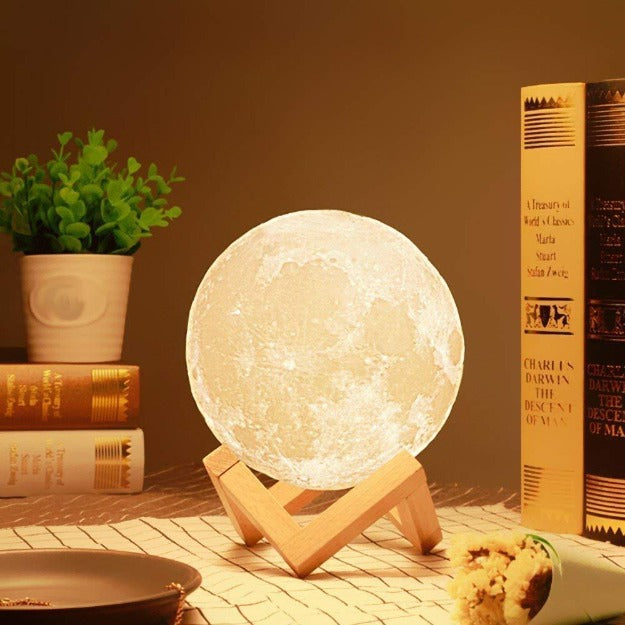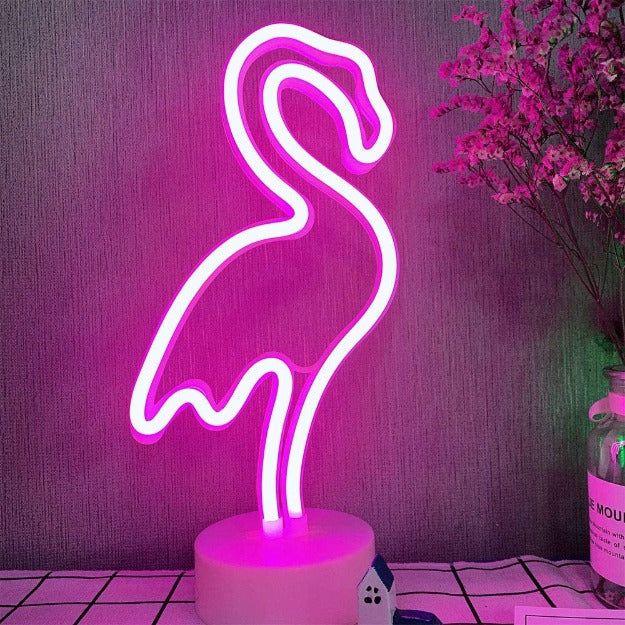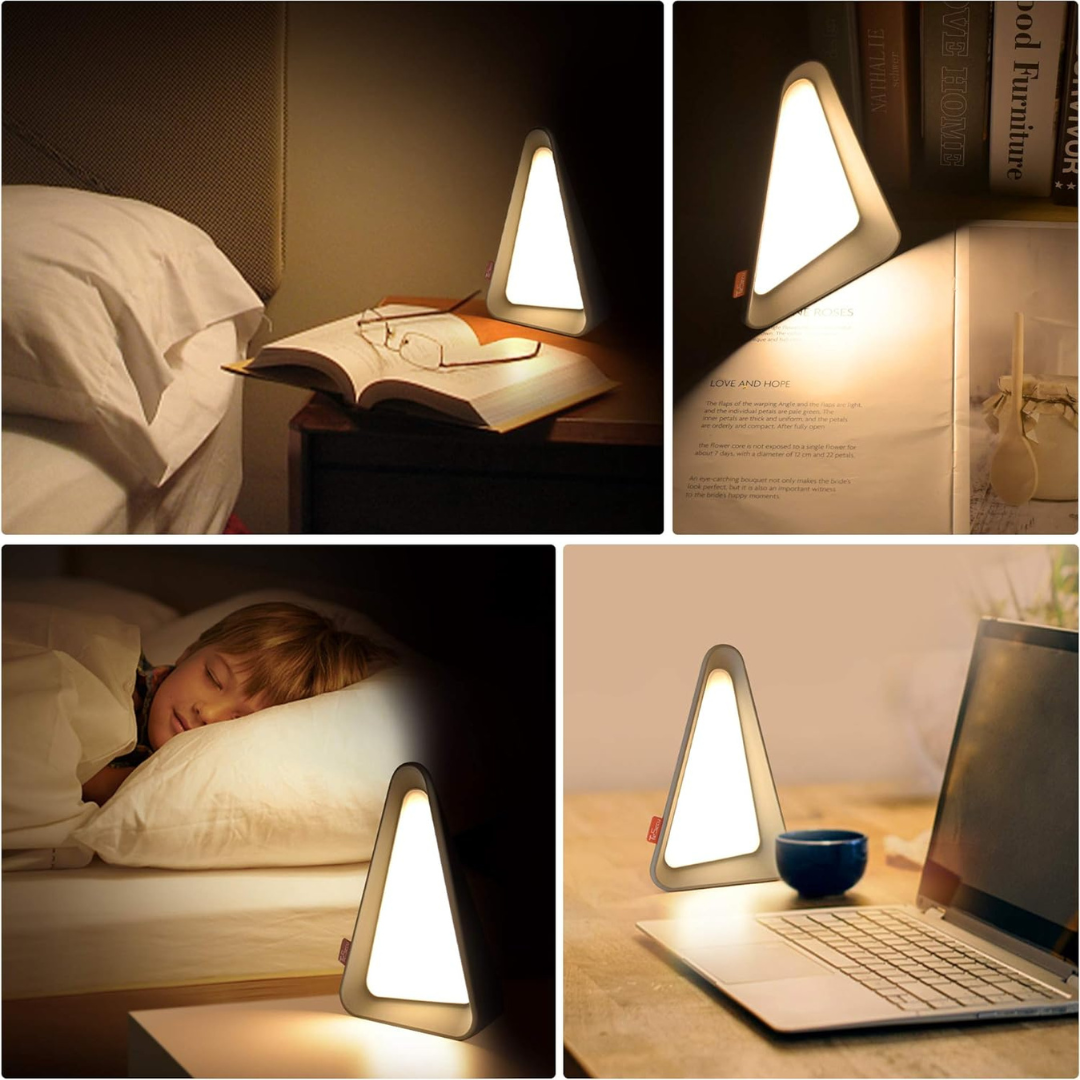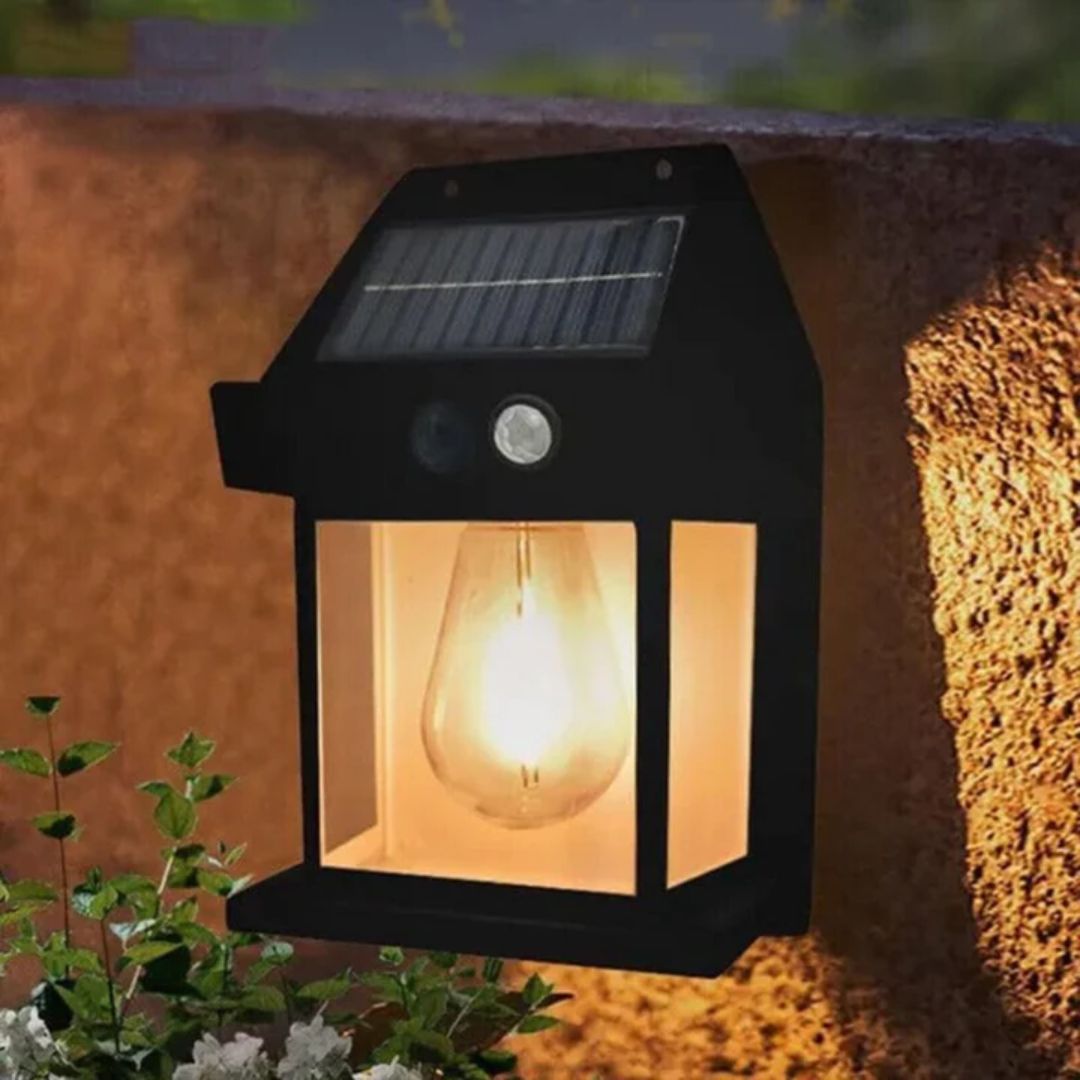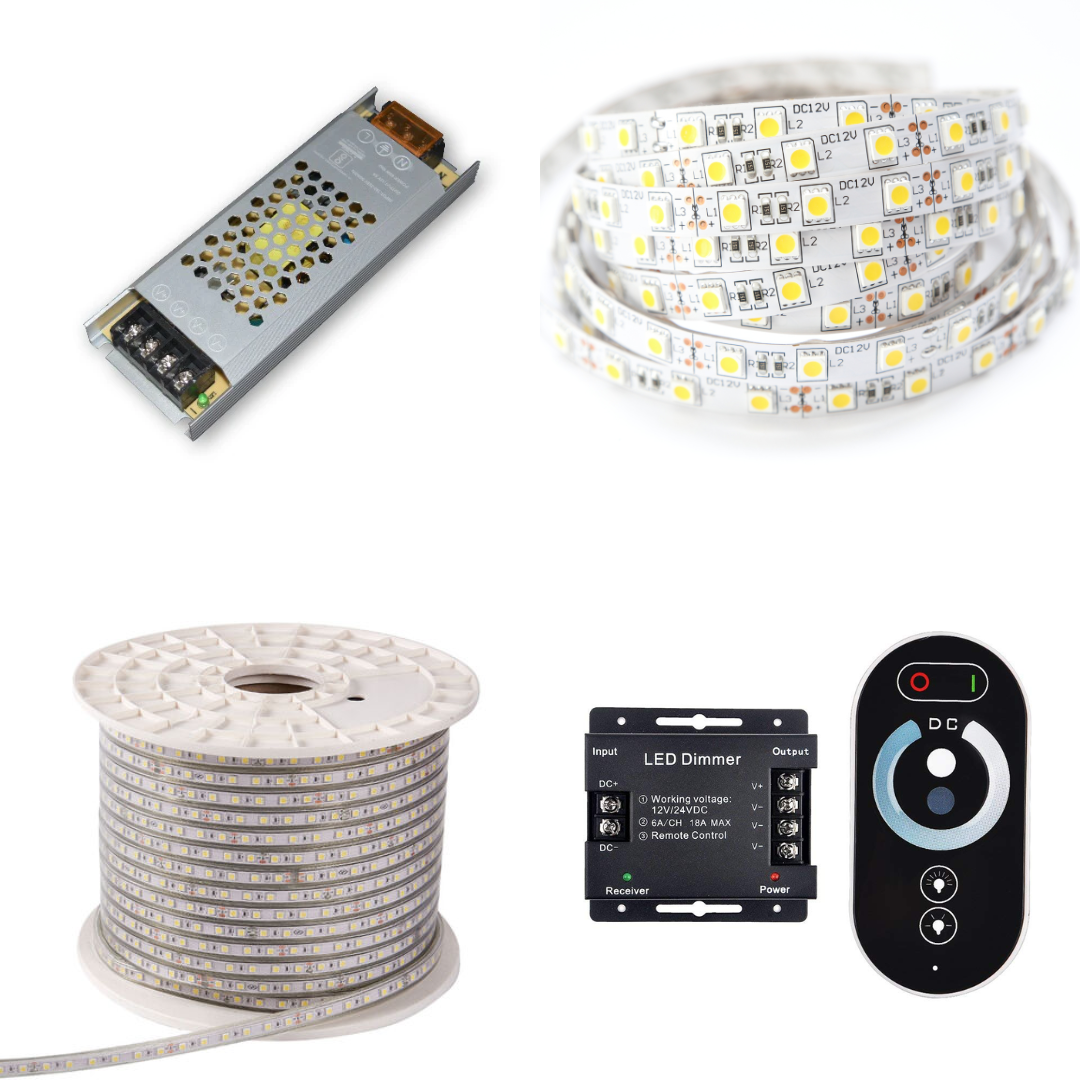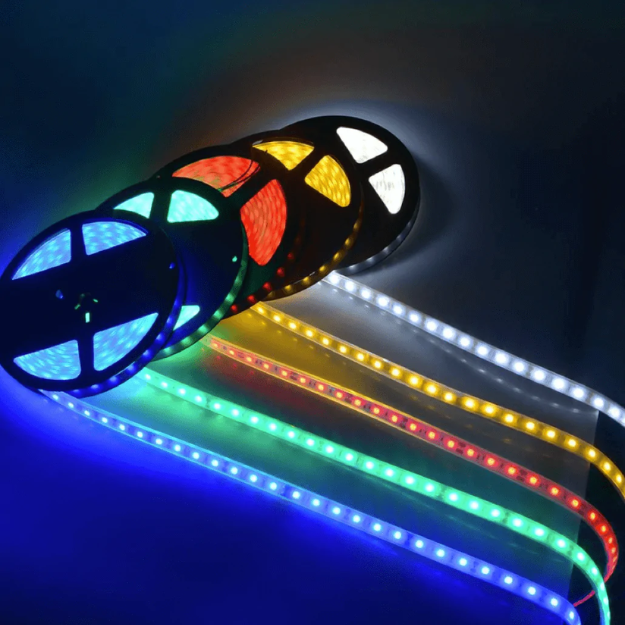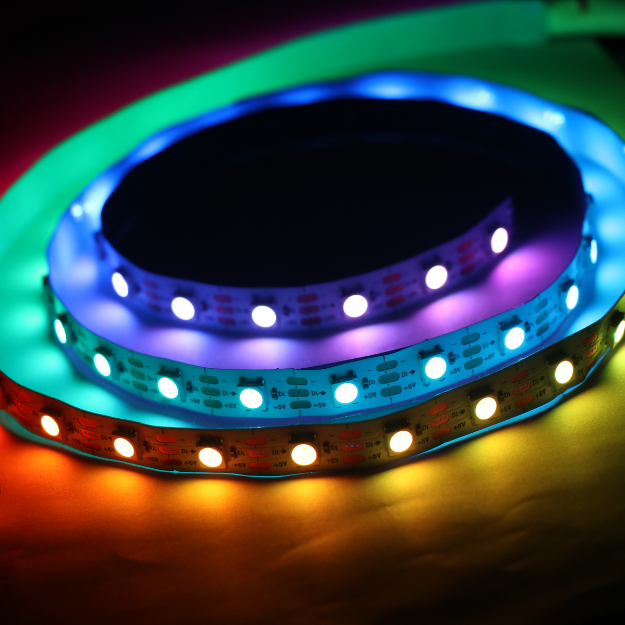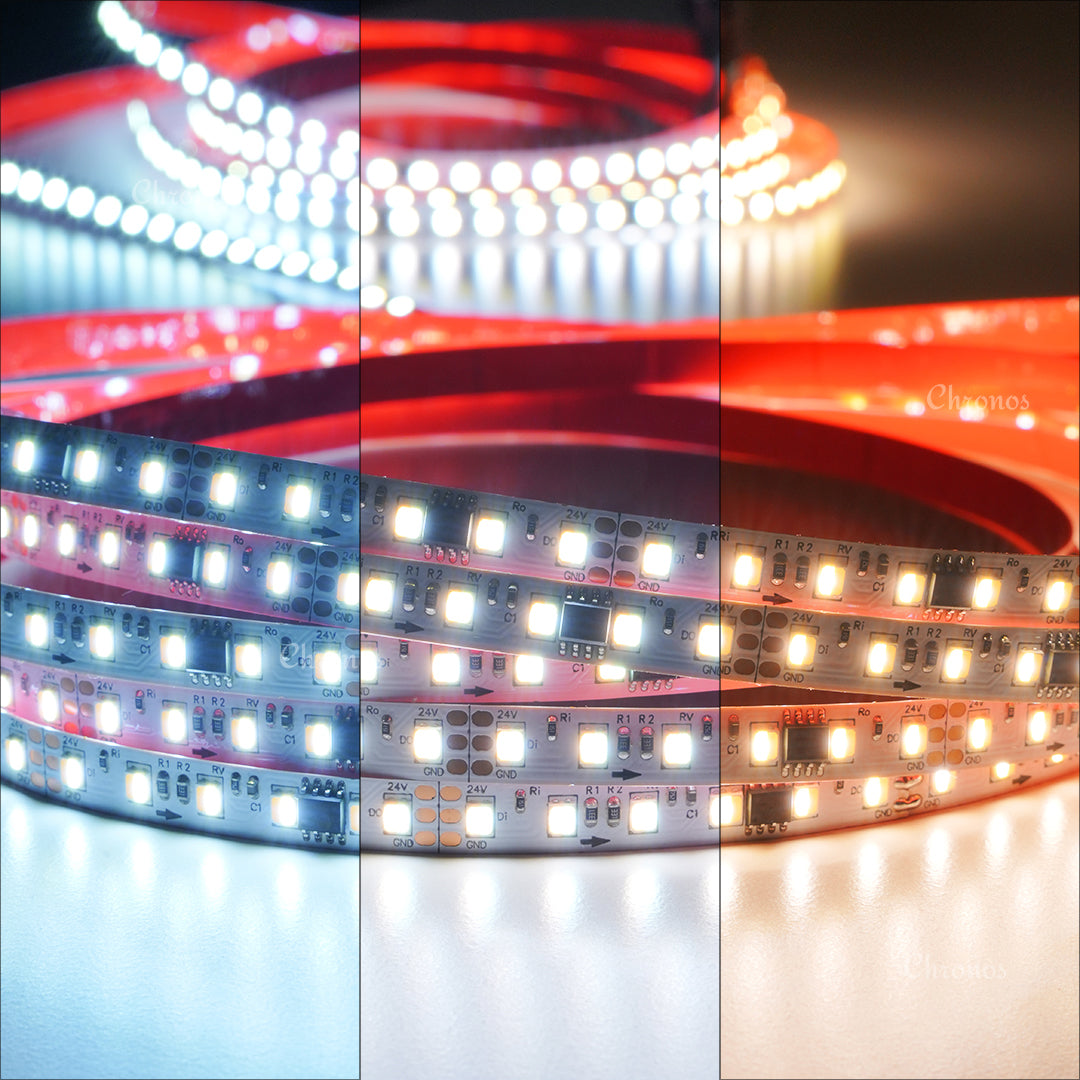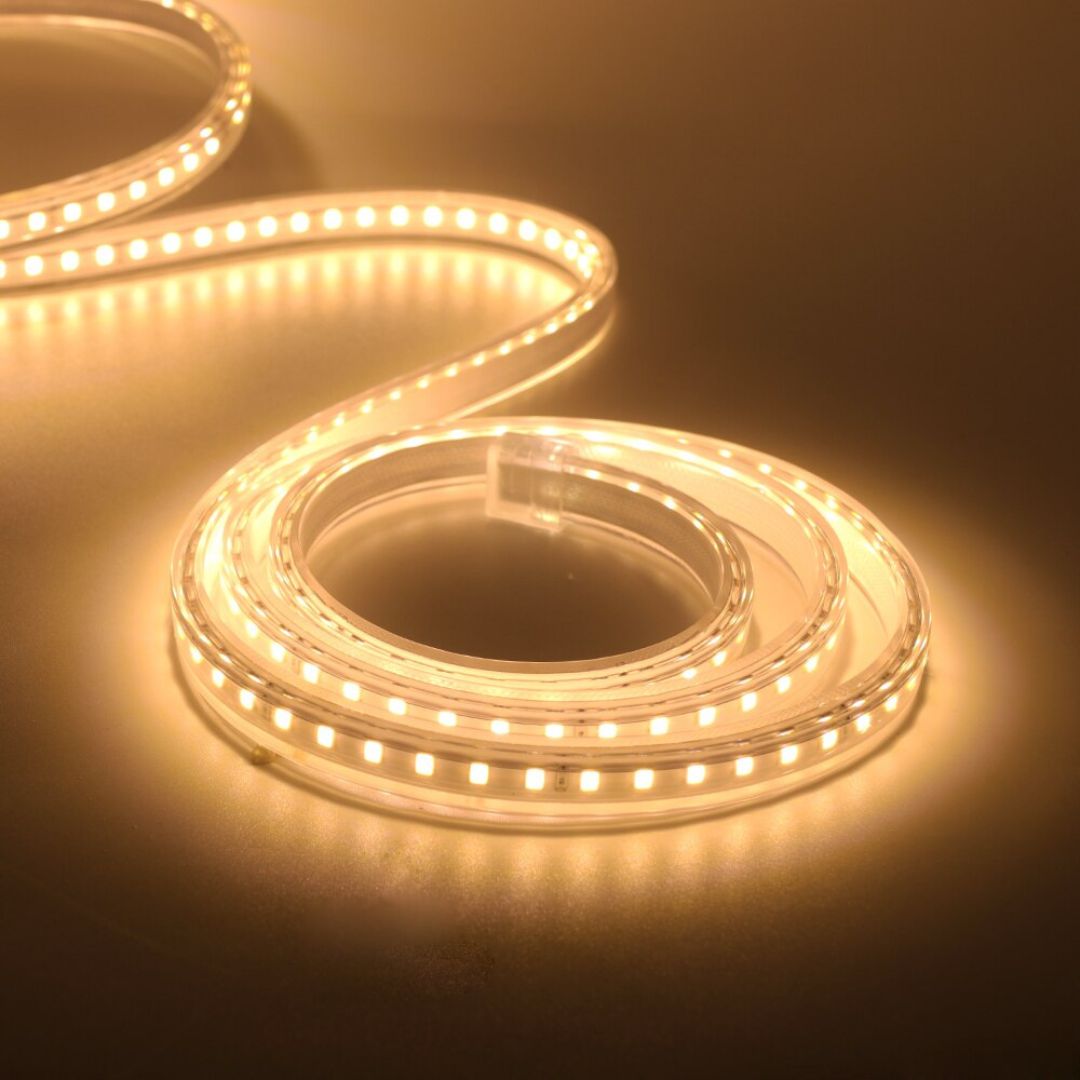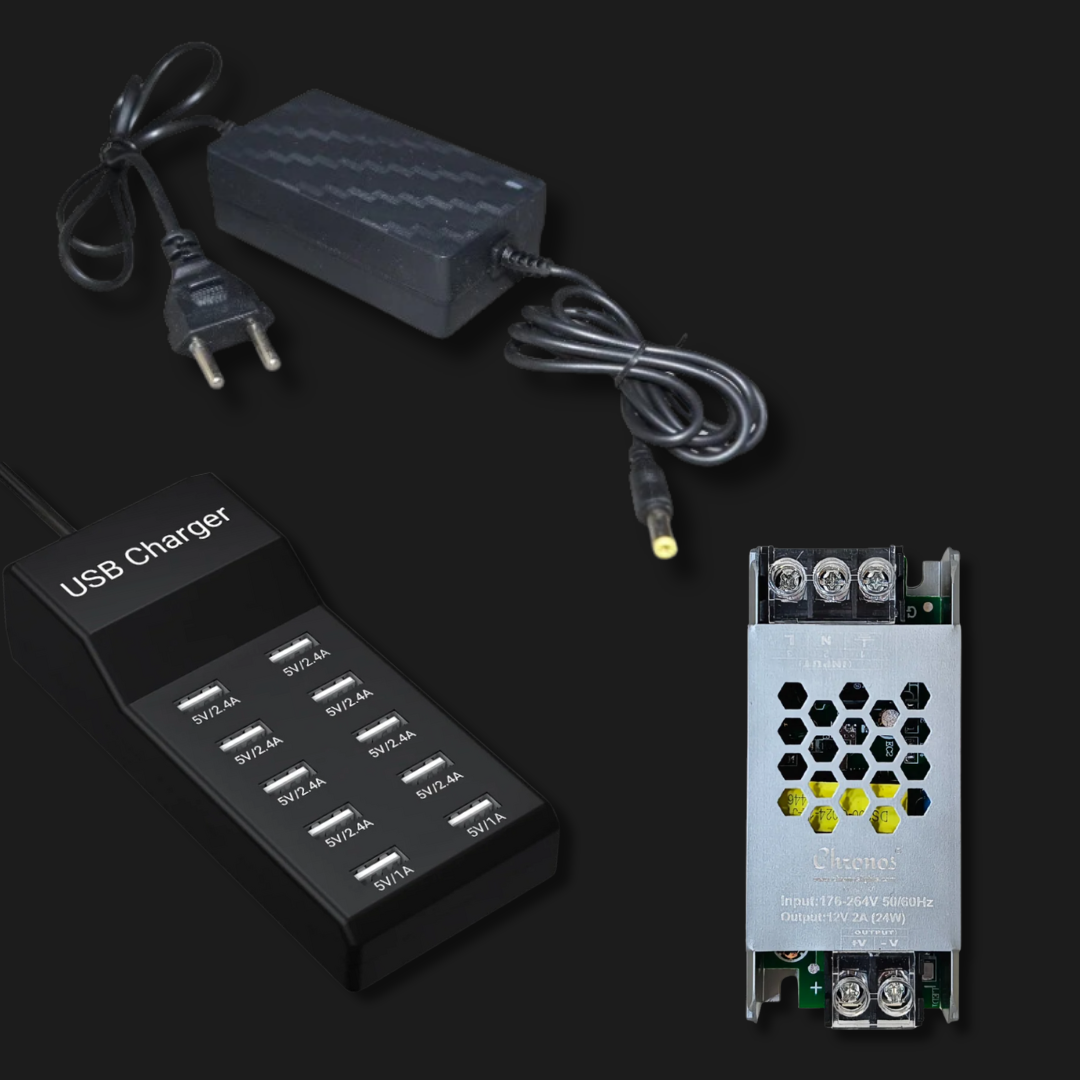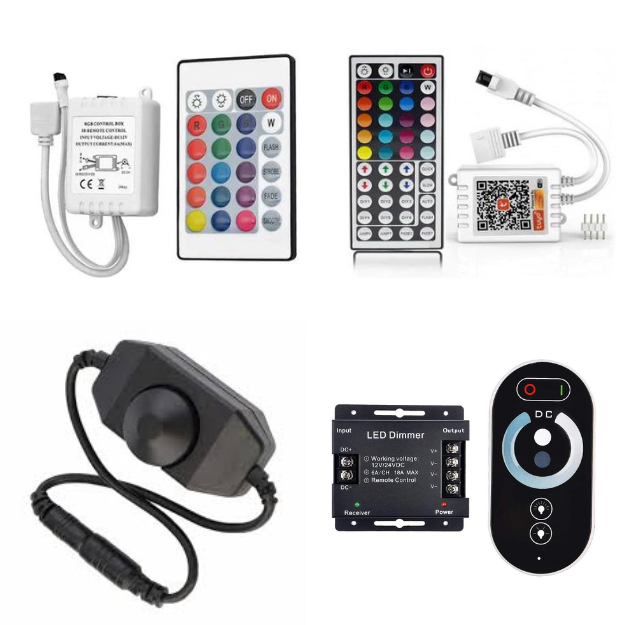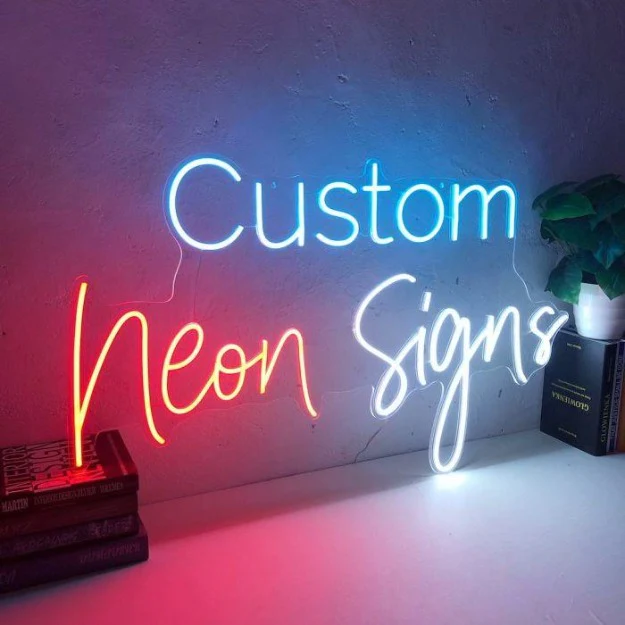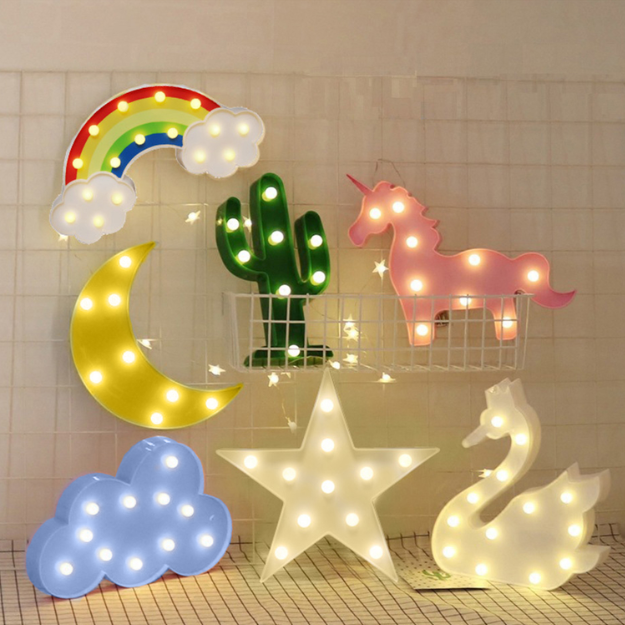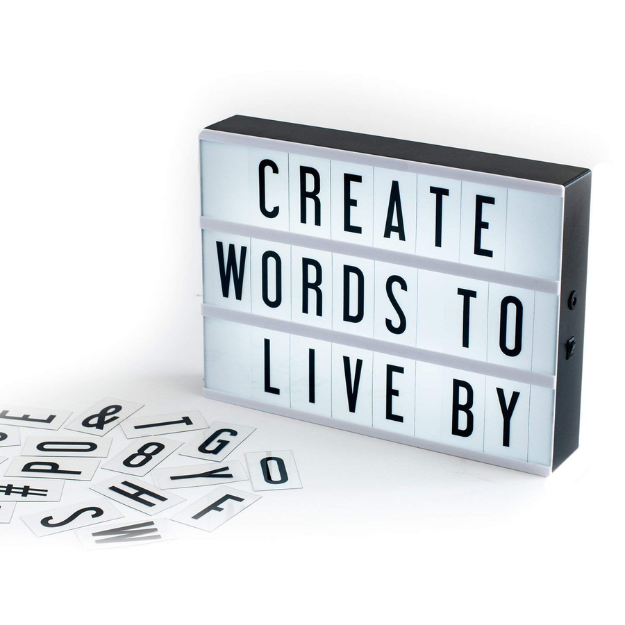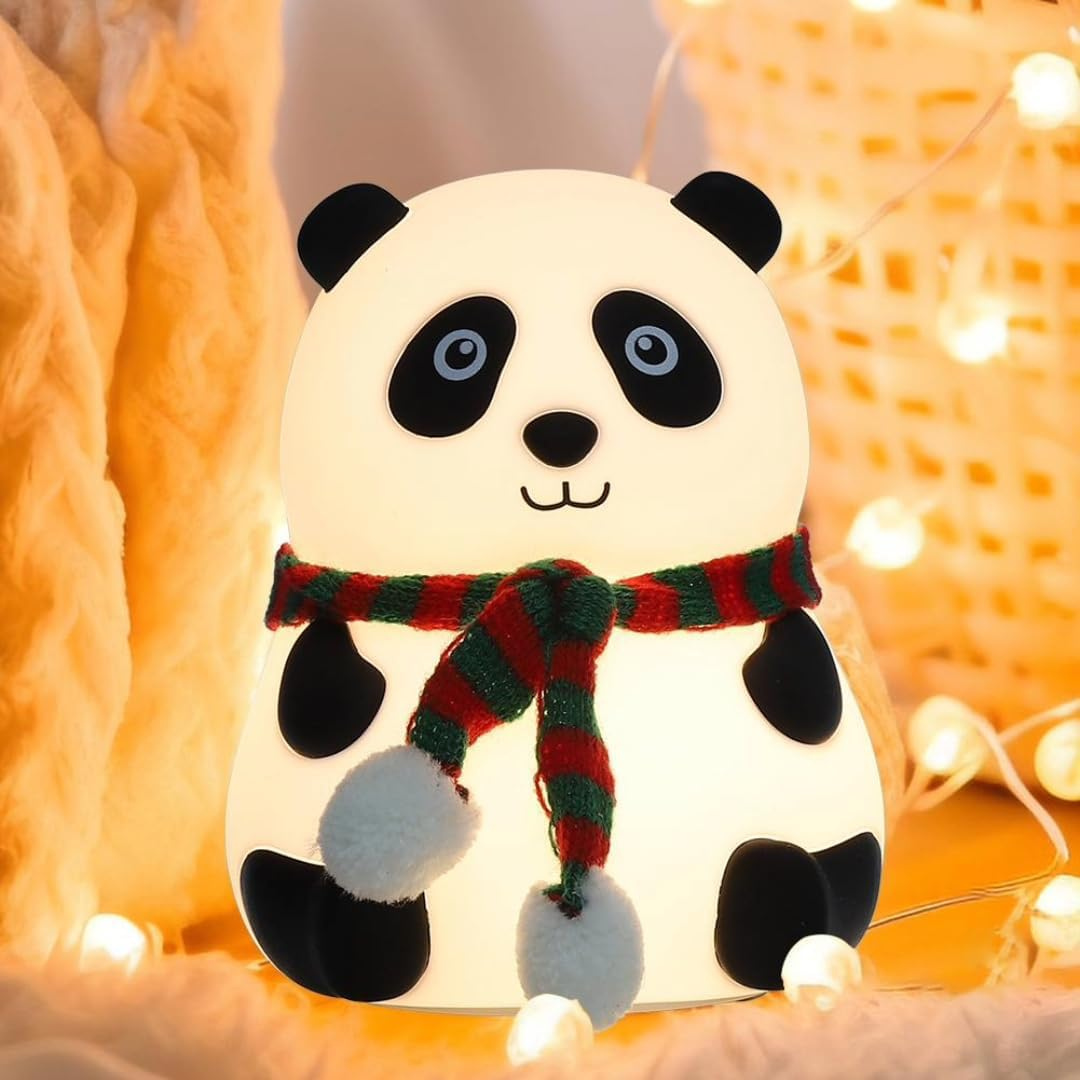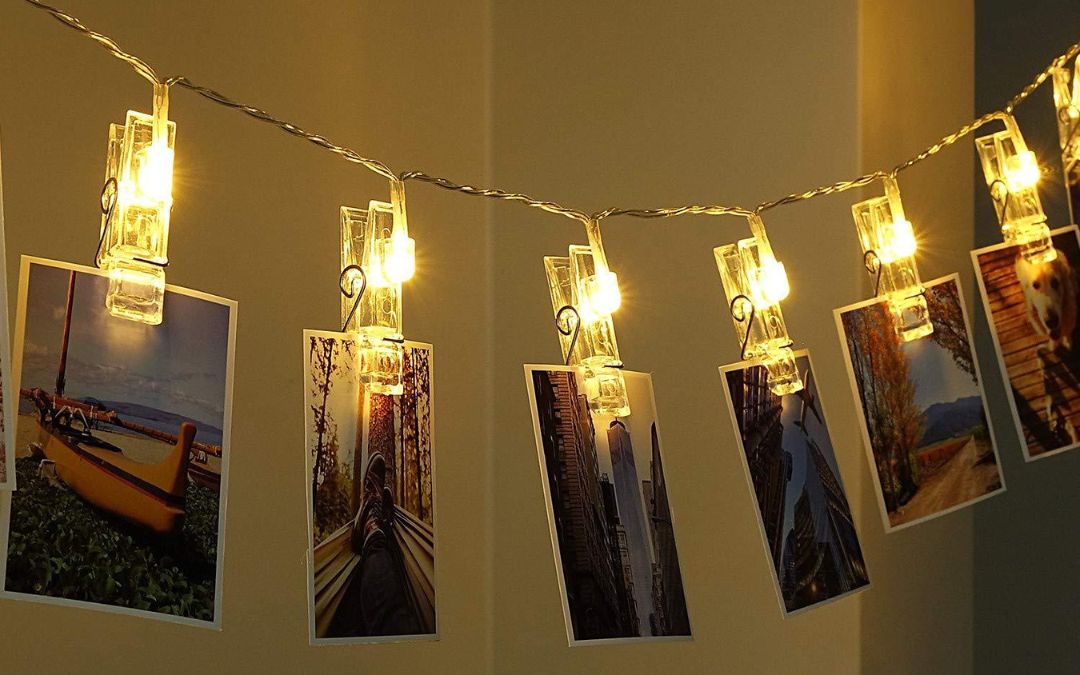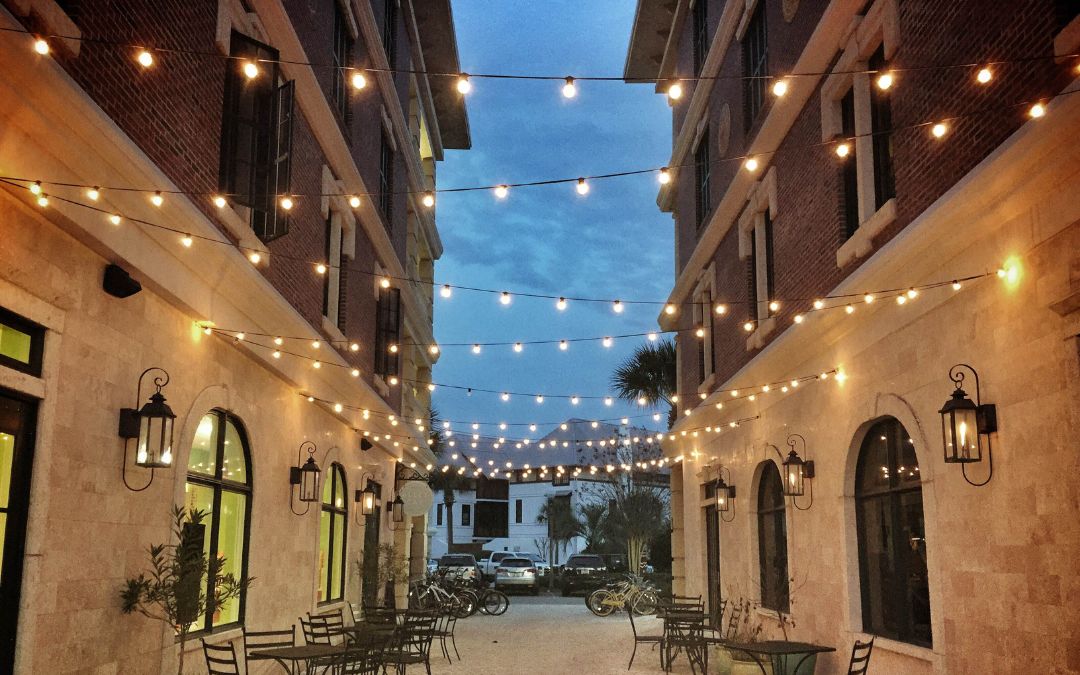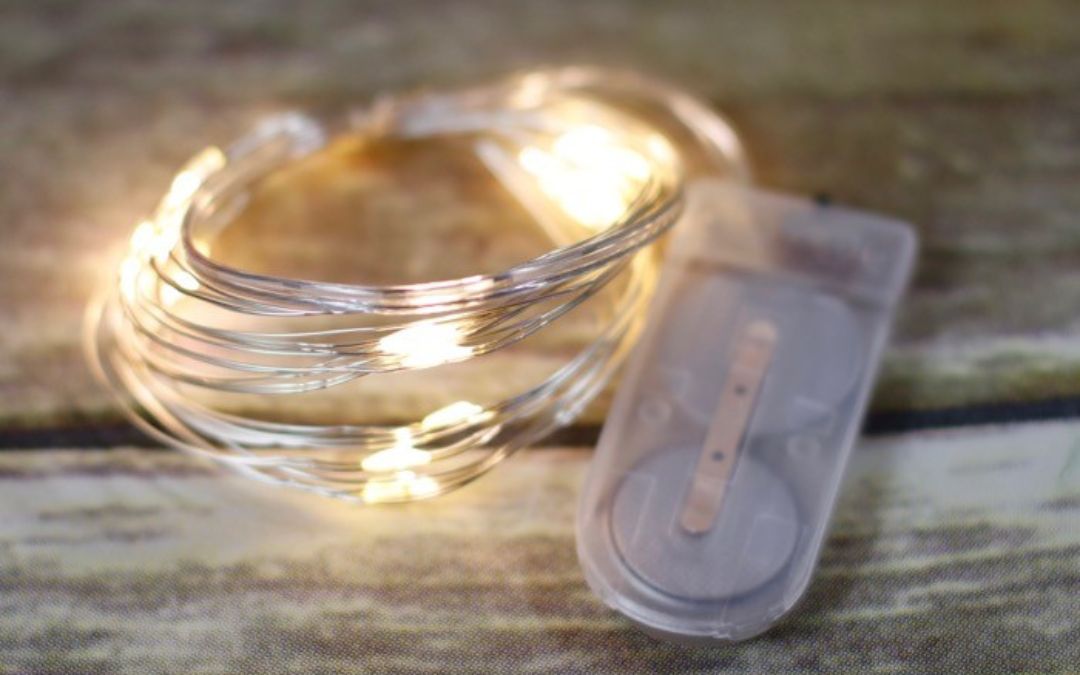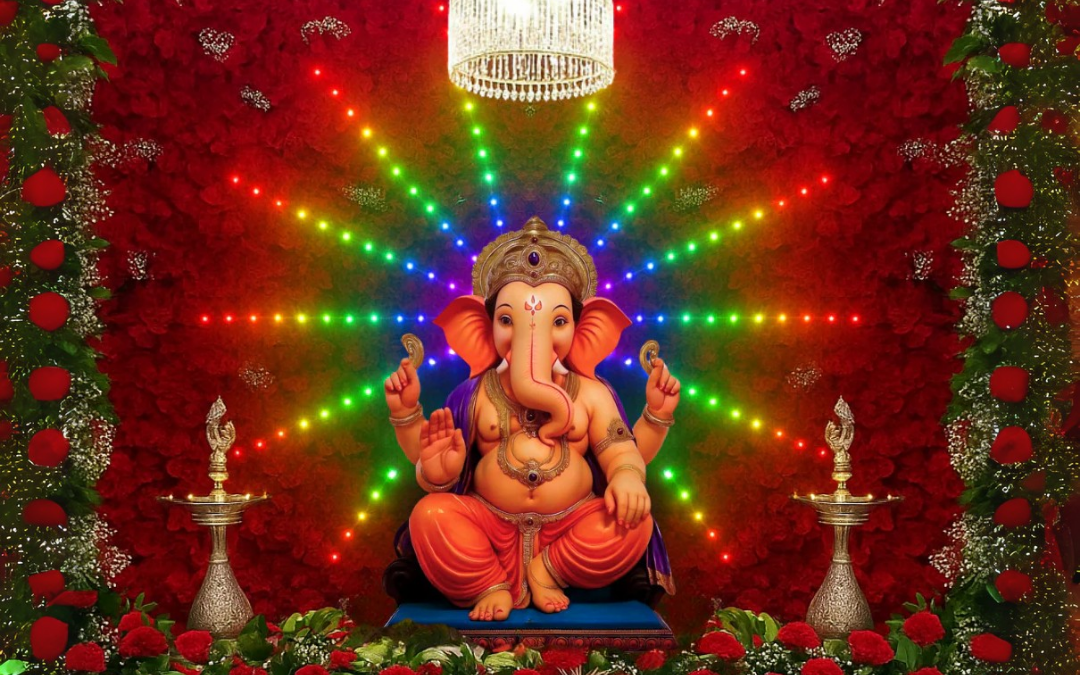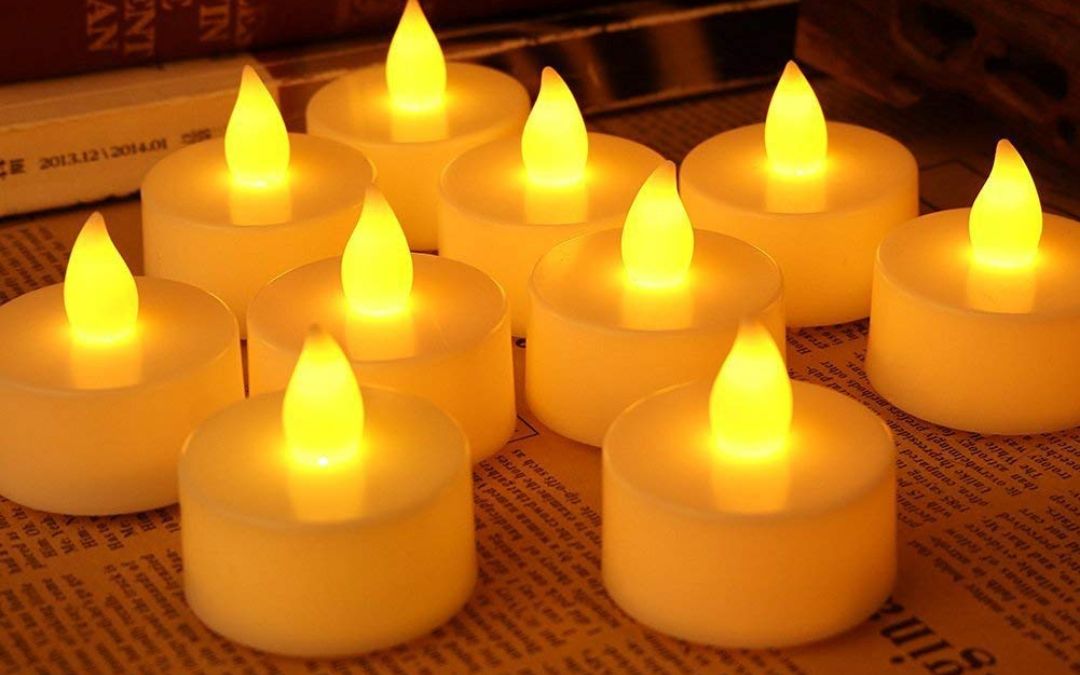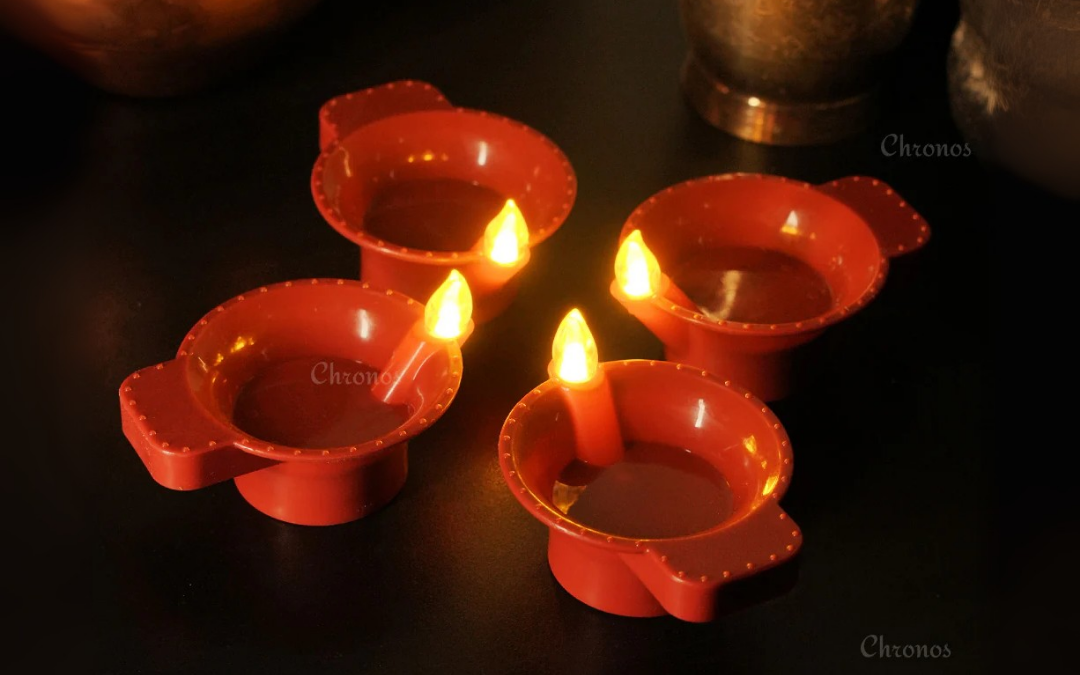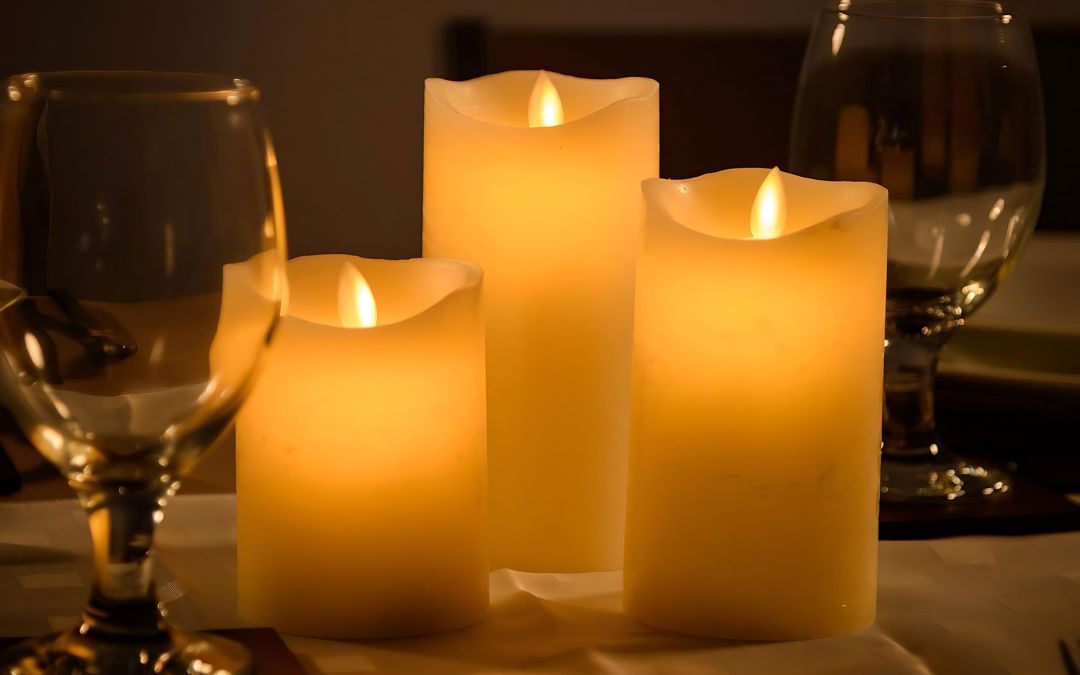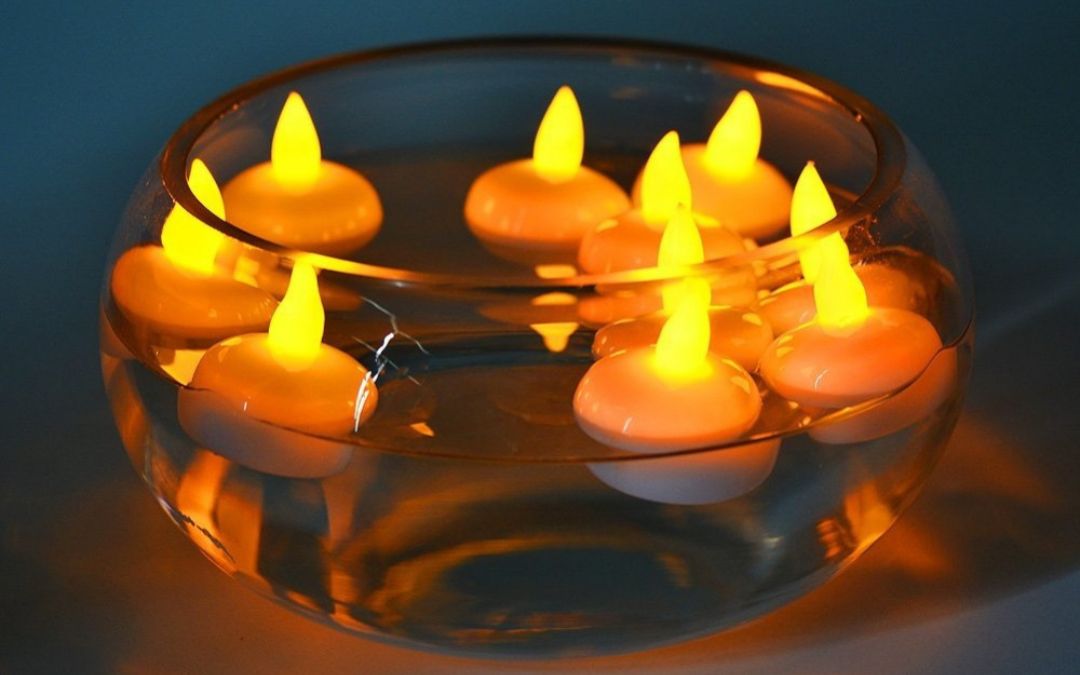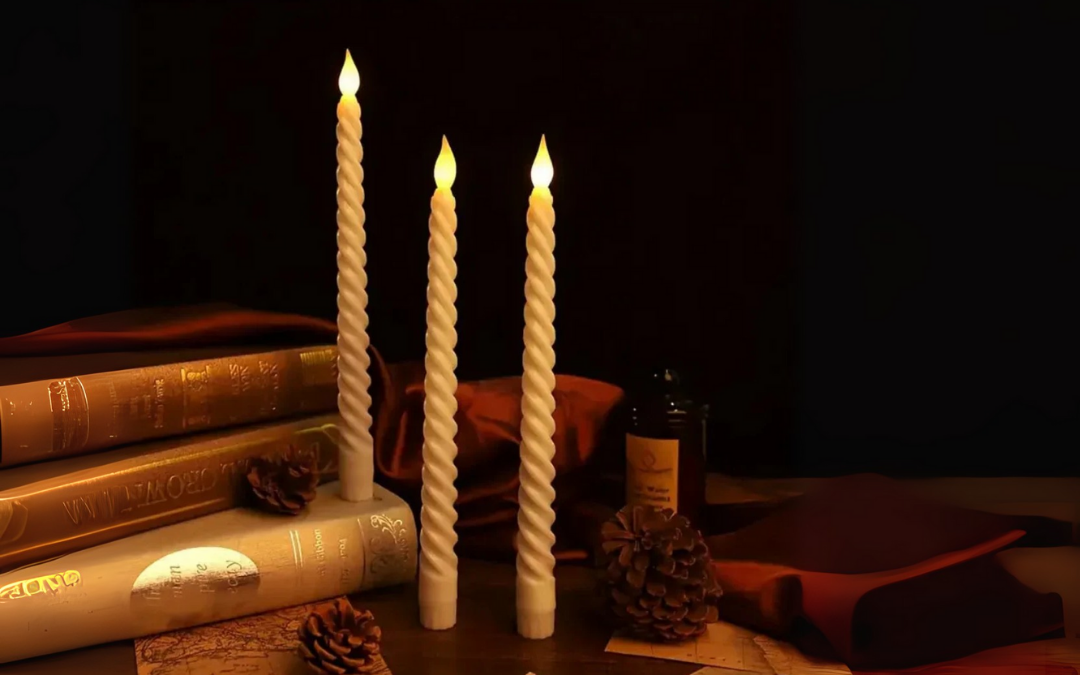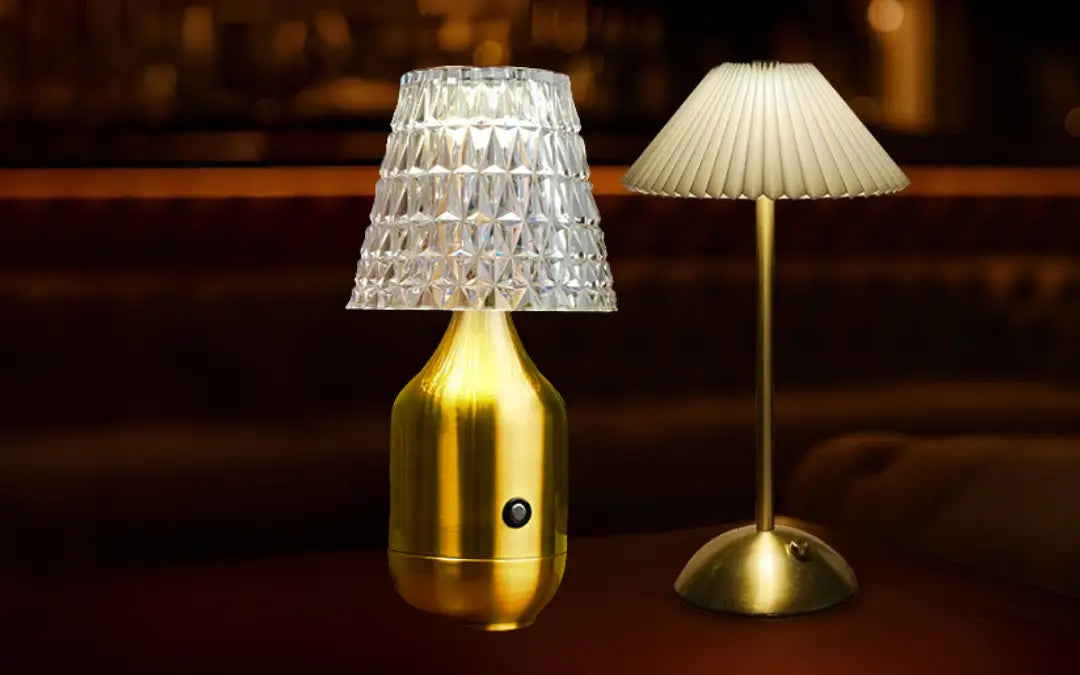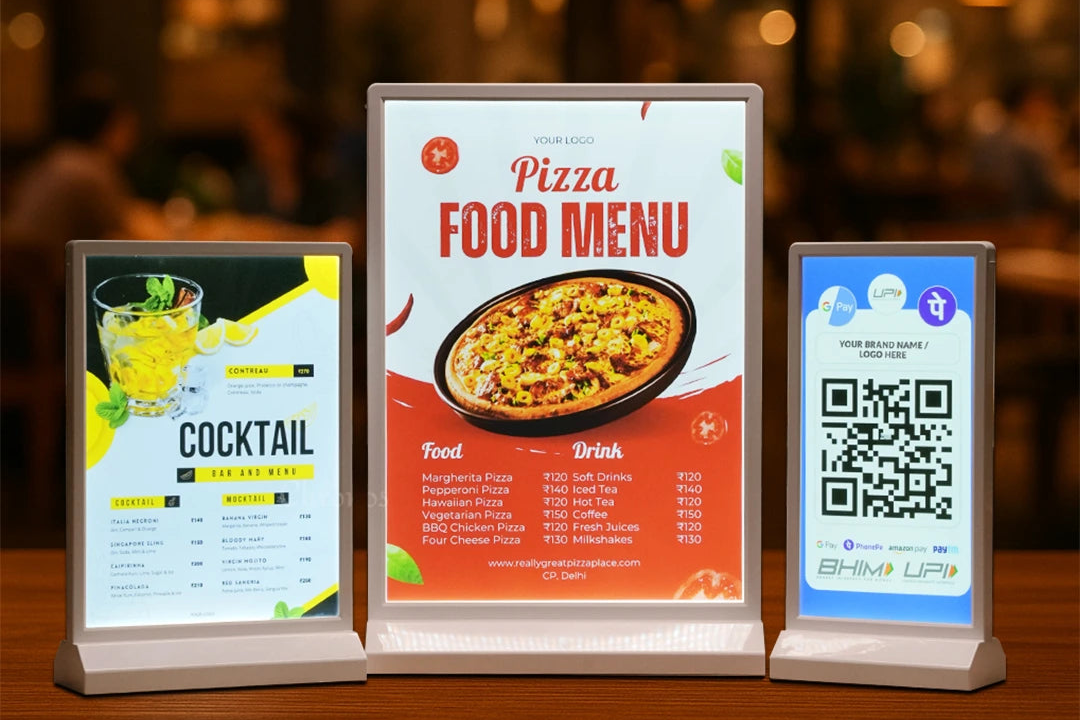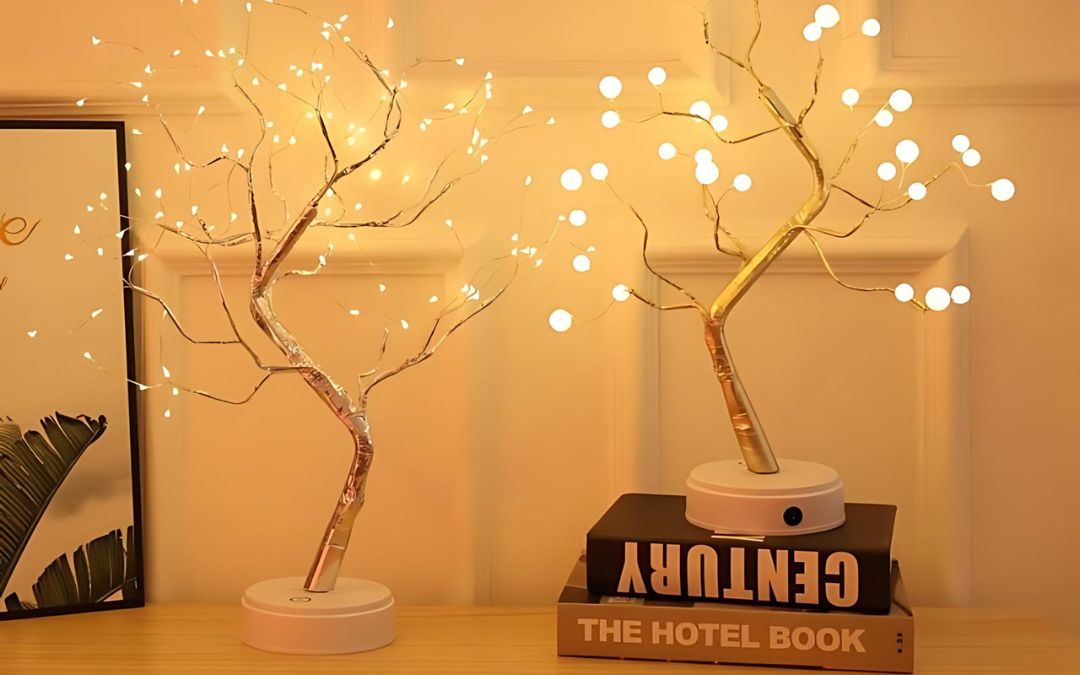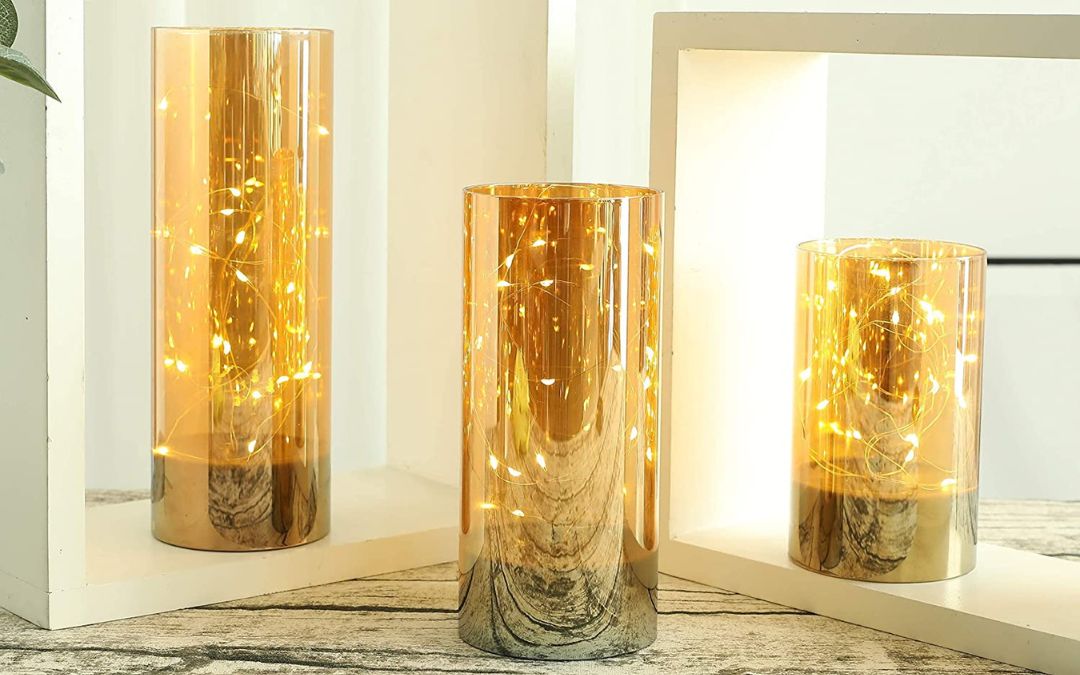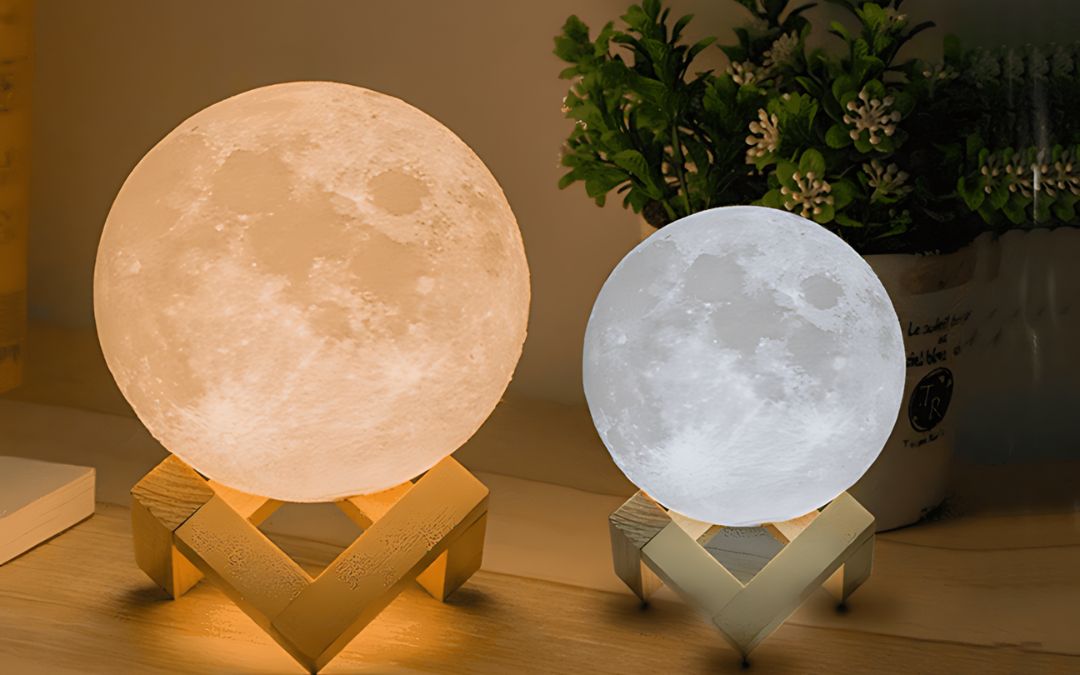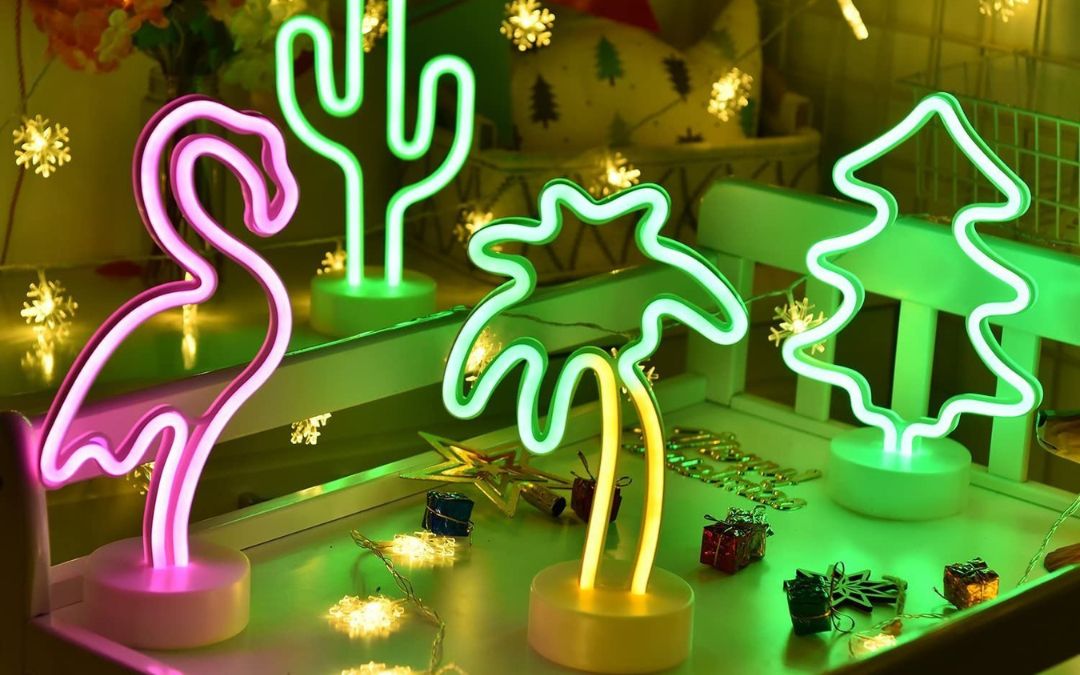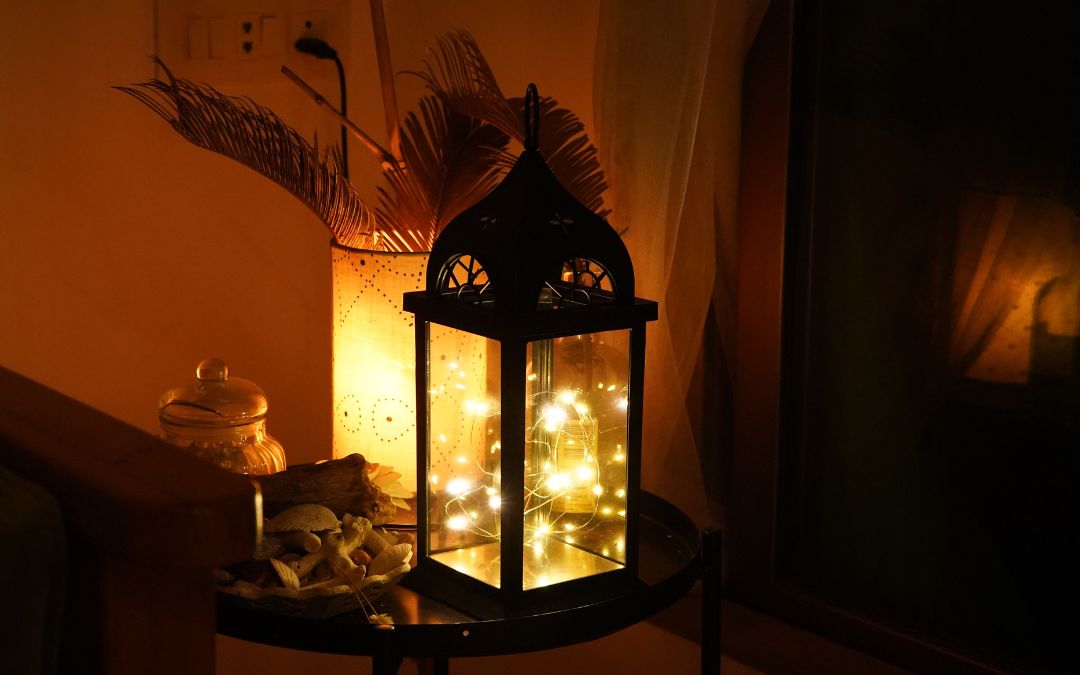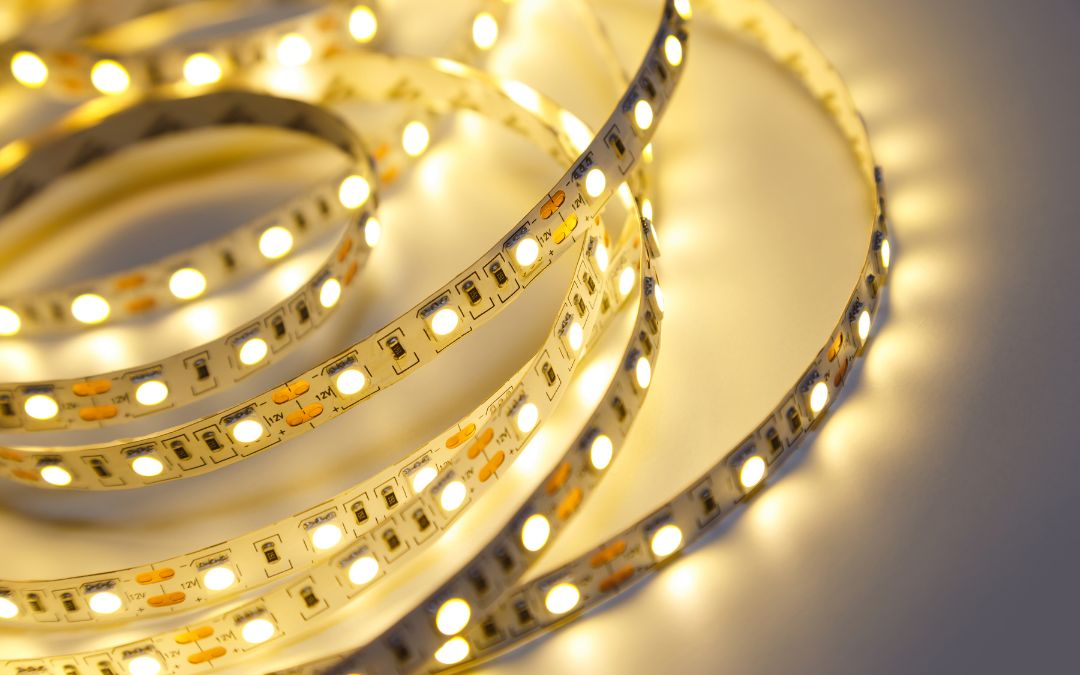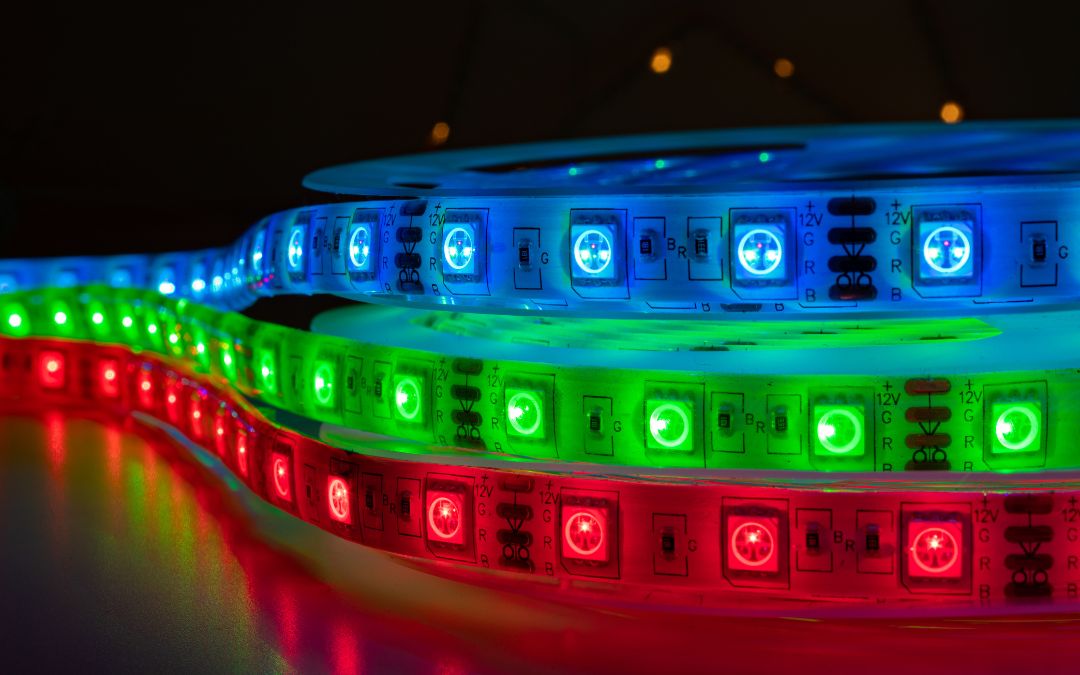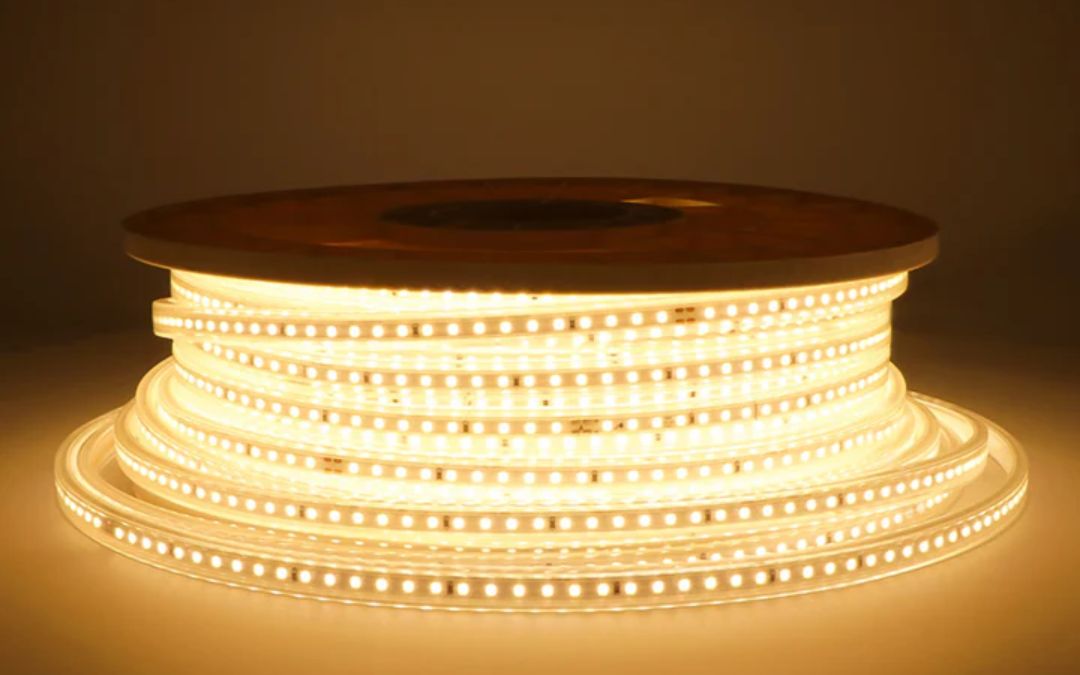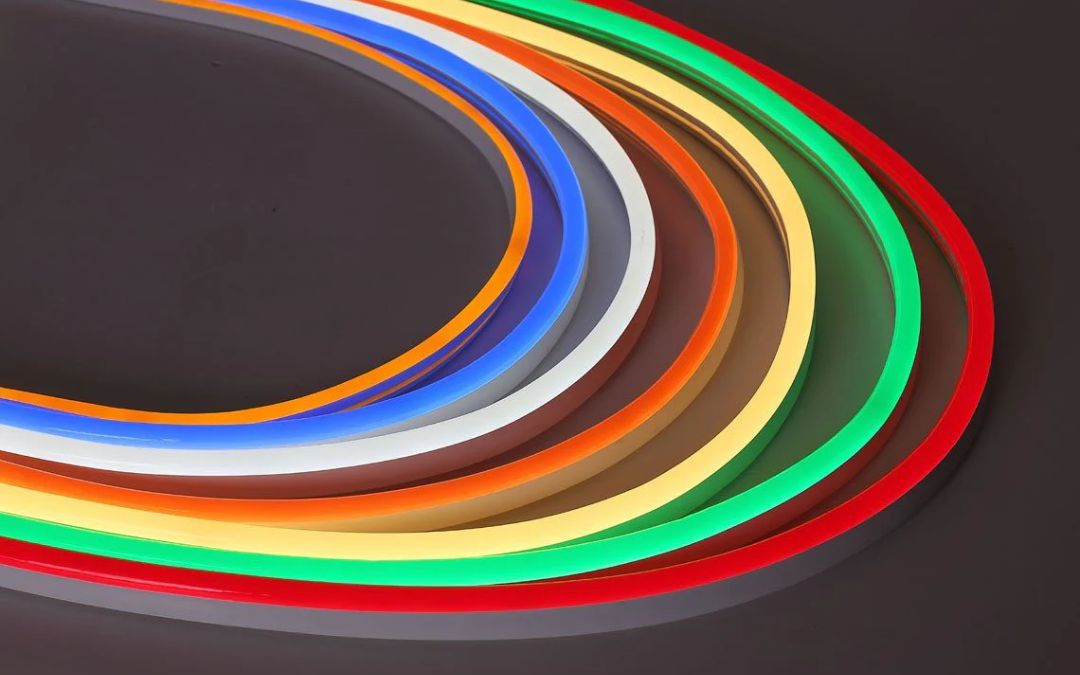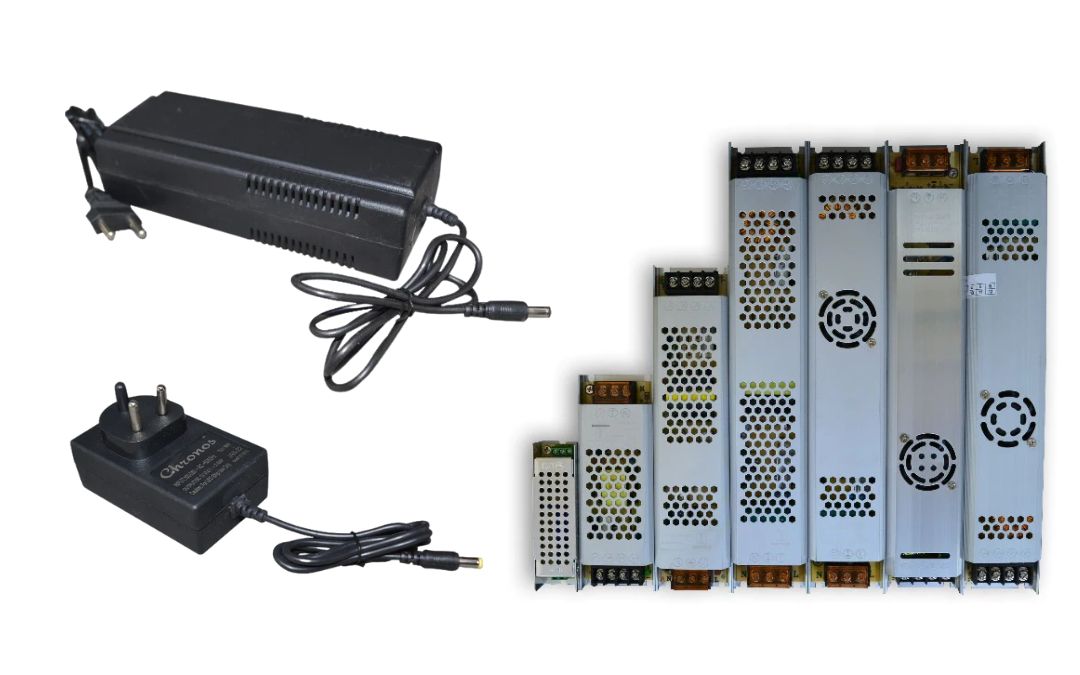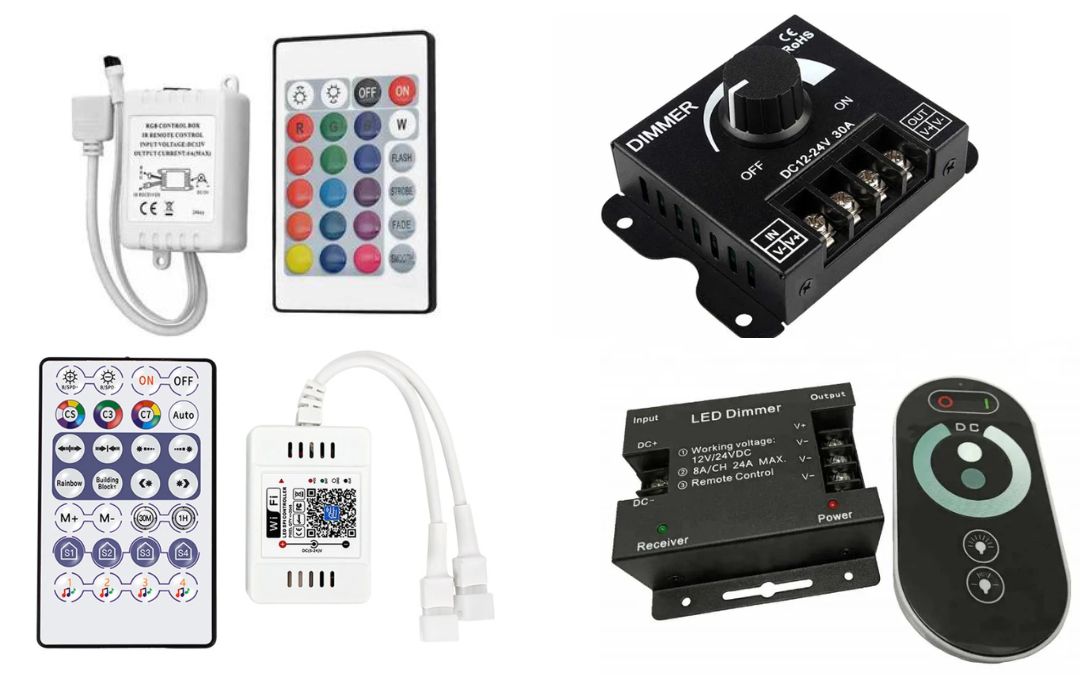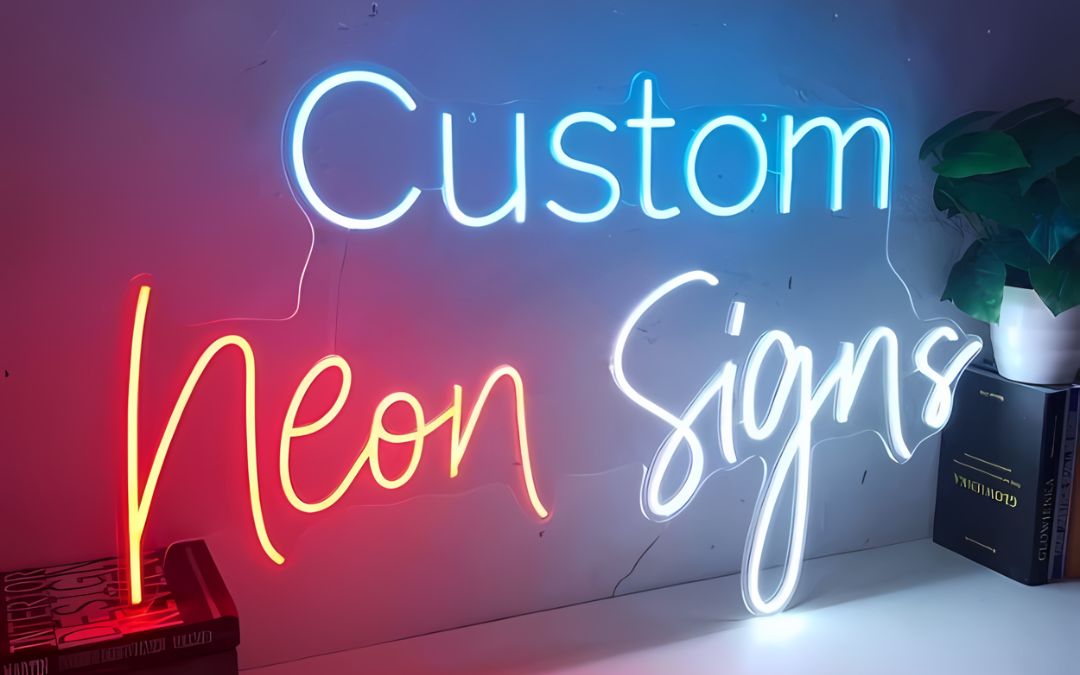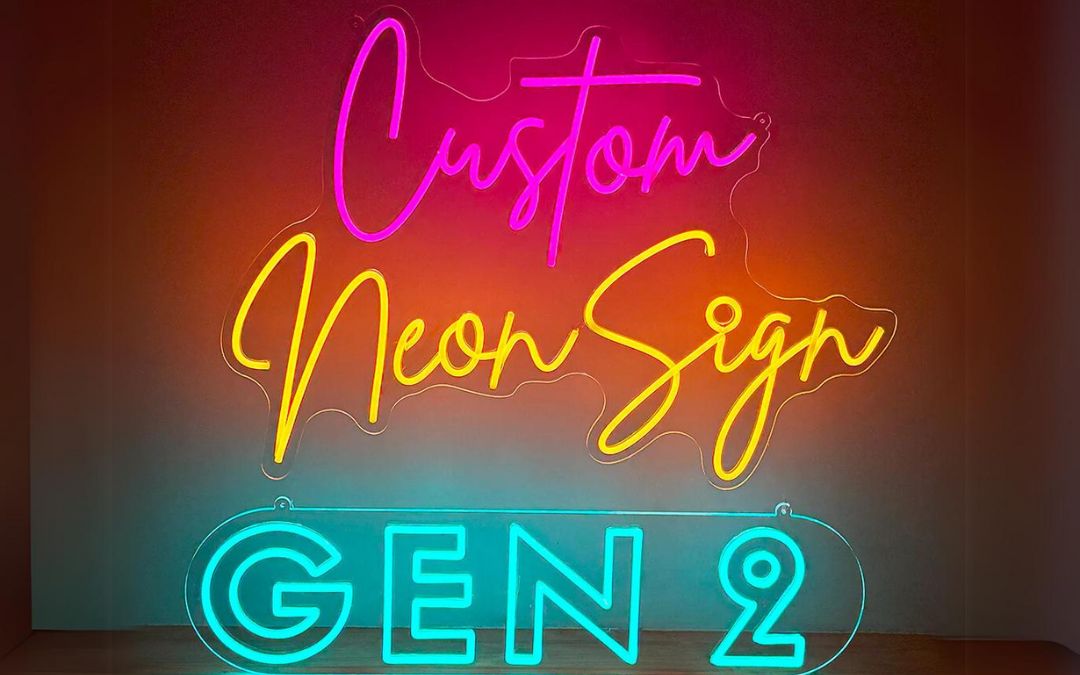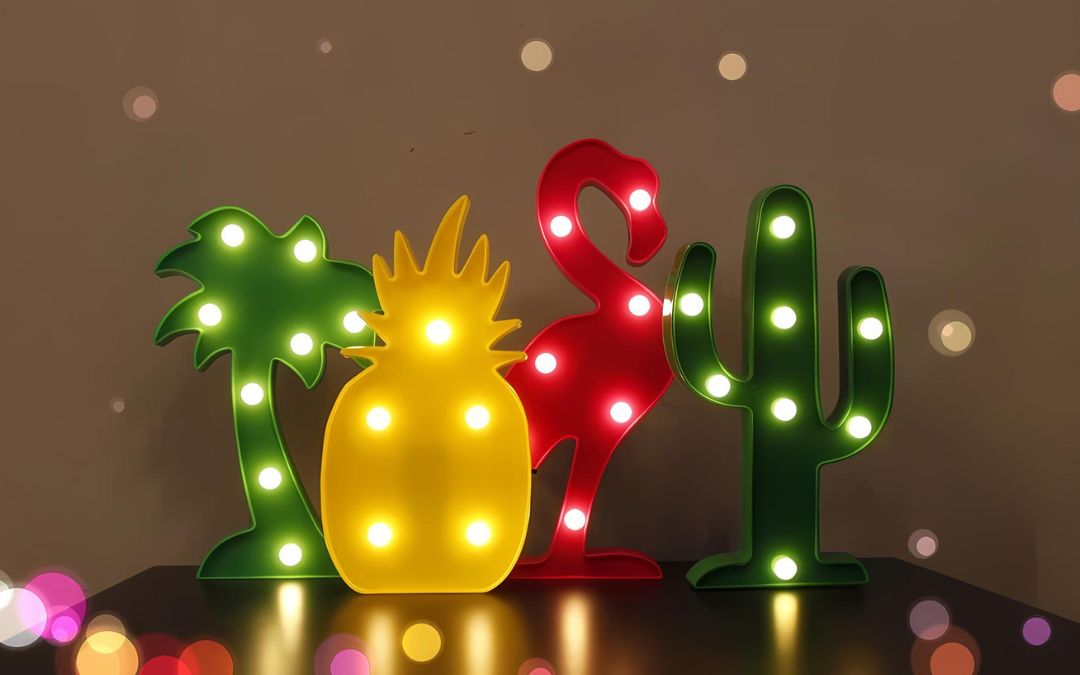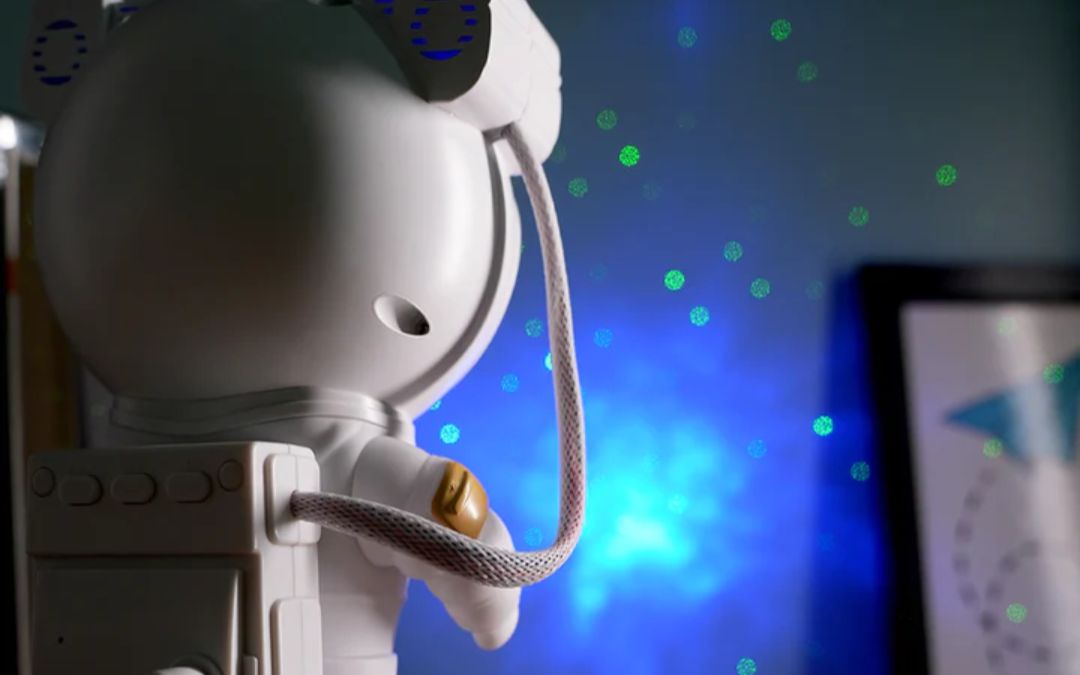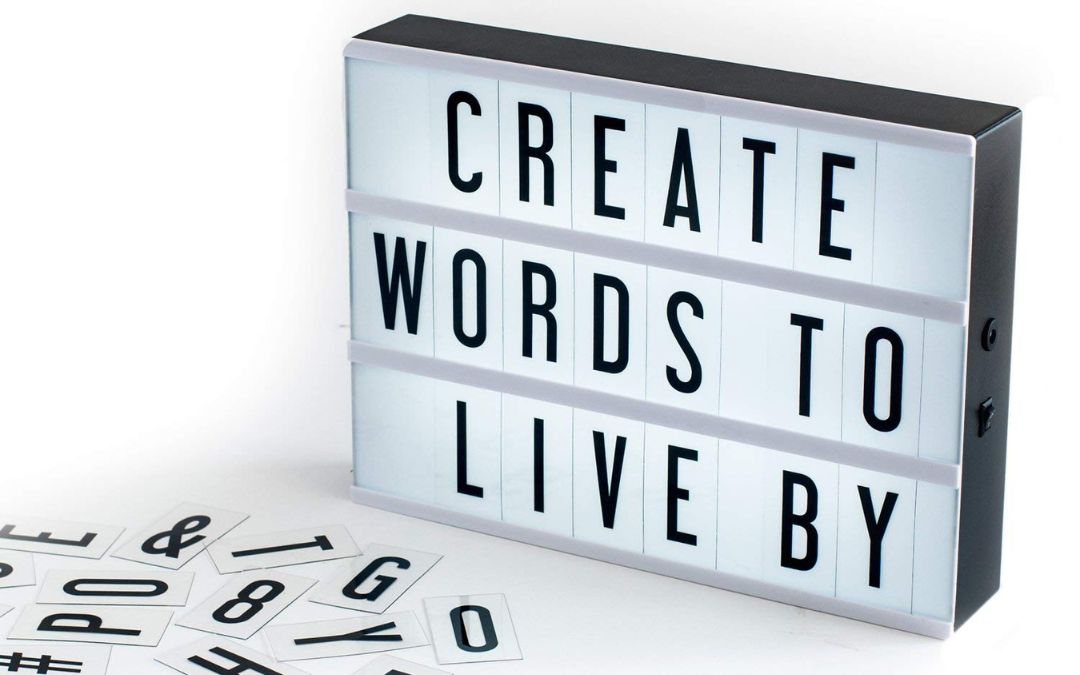Are LED strip lights safe for eyes?
Yes, LED strip lights are generally safe for the eyes when used correctly. Ensure you opt for high-quality LED lights with proper diffusers and avoid staring directly into the light source. Choosing a color temperature of around 3000K-4000K (warm to neutral white) can be gentler on the eyes compared to cooler tones.
Are LED strip lights safe?
Absolutely! LED strip lights are safe to use as they emit low heat, operate on low voltage (like 12V or 24V), and are designed with protective coatings, such as silicone or epoxy, for insulation. Always follow the manufacturer’s installation guidelines and avoid overloading the power supply to ensure safety.
Are LED strip lights bad for you?
No, LED strip lights are not bad for you when used appropriately. Unlike traditional bulbs, LEDs do not emit harmful UV rays or excessive heat. However, overexposure to bright light or incorrect placement near sensitive areas may cause discomfort, so it’s recommended to use them with diffusers and proper brightness settings.
Are LED strip lights dimmable?
Yes, many LED strip lights are dimmable, provided they are connected to a compatible dimmer switch or controller. Make sure to check the product specifications and use the correct dimmer to avoid flickering or damage to the lights.
Are LED strip lights expensive to run?
No, LED strip lights are energy-efficient and cost-effective to run. They consume significantly less power compared to traditional lighting solutions. For example, a typical LED strip light with 12V power may consume just 24 watts per meter, making them ideal for long-term use without impacting your electricity bill.
Are LED strip lights waterproof?
Yes, many LED strip lights are available in waterproof versions with IP ratings like IP65, IP67, or IP68. These are designed to withstand moisture, making them suitable for outdoor use, bathrooms, or areas exposed to water. Be sure to check the IP rating before installation to match your specific requirements.
Can LED strip lights be cut?
Yes, LED strip lights can be cut, but only at designated cutting points, which are typically marked on the strip. Cutting at the wrong location can damage the strip or disrupt the electrical connection. After cutting, you can reconnect or seal the strip using connectors or soldering, depending on your setup.
Can LED strip lights be dimmed?
Yes, most LED strip lights can be dimmed if they are compatible with a dimmer. You’ll need a dimmable LED strip and a suitable dimmer controller to adjust brightness levels. Ensure compatibility between the LED strip and the dimming system to avoid flickering or performance issues.
Can LED strip lights be repaired?
In many cases, yes. If an LED strip stops working due to a broken connection, faulty LED, or damaged section, it can often be repaired. You can replace the damaged portion, re-solder connections, or use connectors to fix it. However, for extensive damage, replacing the strip may be more practical.
Can LED strip lights be used outdoors?
Yes, LED strip lights can be used outdoors, provided they have a suitable IP rating for weather resistance. Waterproof LED strips (IP65, IP67, or IP68) are designed to withstand moisture, dust, and varying temperatures, making them ideal for outdoor applications like patios, gardens, and pathways.
Can LED strip lights cause a fire?
LED strip lights are highly unlikely to cause a fire when used correctly. They operate at low temperatures and low voltage, which reduces fire risks. However, issues such as overloading the power supply, poor-quality strips, or improper installation could pose risks. Always use certified products and follow safety guidelines.
Can LED strip lights be connected in series?
Yes, LED strip lights can be connected in series, but only up to a certain length, as specified by the manufacturer. Exceeding the recommended length can cause voltage drop, uneven brightness, or overheating. For longer installations, use parallel connections with additional power supplies to maintain consistent performance.
How do LED strip lights work?
LED strip lights work by using light-emitting diodes (LEDs) mounted on a flexible circuit board. These diodes emit light when an electrical current passes through them. A power supply converts electricity to the low voltage (usually 12V or 24V) required for the LEDs to function. The strips can also include resistors and controllers for dimming or color-changing effects.
How do LED strip lights work when cut?
When LED strip lights are cut at the marked cutting points, the remaining sections can still work because each segment functions independently with its own set of diodes and circuitry. After cutting, the exposed ends can be reconnected or sealed using connectors or soldering, provided they are powered correctly.
How to use LED strip lights?
To use LED strip lights:
- Plan the installation: Determine where you want to place the strips.
- Measure and cut: Cut the strip to the desired length at the marked points.
- Connect to power: Attach the strip to a compatible power supply or controller.
- Install: Use the adhesive backing to stick the strip in place or mount it with clips.
- Customize: Use dimmers or controllers to adjust brightness and colors.
How to install LED strip lights?
Here’s a step-by-step guide:
1. Clean the surface: Ensure the installation area is clean and dry.
2. Measure and cut: Cut the LED strip to the required length at the designated points.
3. Apply the strip: Peel off the adhesive backing and press the strip firmly onto the surface.
4. Connect to power: Attach the strip to a power adapter or controller.
5. Test the connection: Power on the strip to ensure proper functioning.
How to connect LED strip lights?
To connect LED strip lights:
- Use compatible connectors or solder the wires directly to the strip’s copper pads.
- Match the polarity (+/-) of the wires to avoid damage.
- If connecting multiple strips, use parallel connections and ensure the power supply can handle the combined wattage.
How to wire LED strip lights?
Wiring LED strip lights involves:
1. Determine the power requirements: Check the voltage and wattage of the strip.
2. Connect to a power supply: Attach the positive and negative wires from the strip to the power supply terminals.
3. Add a controller (optional): If using a dimmer or RGB controller, wire it between the strip and the power supply.
4. Secure connections: Use connectors, clips, or soldering to ensure stable connections.
5. Test the setup: Power on the system to verify proper wiring.
What LED strip lights are the best?
The best LED strip lights depend on your needs:
- For brightness, look for high-density strips with 240 LEDs/meter.
- For color options, RGB or RGBIC lights provide vibrant color control.
- For smart features, choose Wi-Fi or Bluetooth-enabled strips compatible with smart home systems.
- For durability, opt for IP65 or higher waterproof-rated strips for outdoor use.
Brands like Philips Hue, Govee, and LIFX are known for quality.
What wire should I use for LED strip lights?
The wire size depends on the strip's voltage and current:
- Use 18-22 AWG wires for most low-power LED strips (12V or 24V).
- For longer runs or higher power, use 16 AWG or thicker to minimize voltage drop.
- Always use insulated copper wires for durability and safety.
What wattage is needed for LED strip lights?
Wattage depends on the LED density and length of the strip:
- Most strips require 4.8W to 24W per meter.
- For a 5-meter strip with 12W/m, you'll need a power supply rated for at least 60W.
Always choose a power supply with 20-30% extra capacity for safety.
What is RGBIC LED strip lights?
RGBIC stands for RGB with Independent Chipset.
- These strips allow multiple colors to display simultaneously on one strip.
- They create dynamic effects like chasing, gradients, and flowing patterns.
- RGBIC strips are ideal for decorative purposes where vibrant, multicolor lighting is needed.
What is RGB LED strip lights?
RGB LED strip lights use Red, Green, and Blue LEDs to create various colors.
- They combine these three colors to produce up to 16 million shades.
- RGB strips can be controlled via remote or apps to adjust color, brightness, and effects.
- Unlike RGBIC, they display one color at a time across the entire strip.
What are smart LED strip lights?
Smart LED strip lights are Wi-Fi or Bluetooth-enabled strips that can be controlled remotely using:
- Smartphone apps for on/off, color changes, and scheduling.
- Voice assistants like Alexa, Google Assistant, or Siri for hands-free control.
- Smart home systems for automation and integration with other devices.
- They are great for enhancing convenience and ambiance in your space.
Where are LED strip lights commonly used?
LED strip lights are versatile and can be used in:
- Bedrooms: Under the bed, behind headboards, or for mood lighting.
- Living rooms: Cove lighting, TV backlighting, or around wall art.
- Kitchens: Under cabinet lighting or along shelves.
- Bathrooms: Around mirrors or under cabinets (use waterproof strips).
- Outdoors: Patio lighting, stairs, or garden pathways (IP65 or higher rated).
- Events and decorations: For parties, festivals, and seasonal decor.
Where to cut LED strip lights?
LED strip lights can be cut only at designated cut marks, typically marked with a small scissor symbol.
- These marks appear at regular intervals (e.g., every 3 LEDs).
- Cutting outside these marks can damage the circuit and render the strip unusable.
Where to buy LED strip lights?
You can purchase LED strip lights from:
- Online retailers: Amazon, Flipkart, or dedicated lighting stores like Chronos Lights.
- Local stores: Electrical and home improvement stores.
- Specialty stores: Stores that sell smart home or decorative lighting.
Look for strips with good reviews, warranties, and suitable specifications for your needs.
Where to put LED strip lights?
- Cove lighting: Along the edges of ceilings for a floating effect.
- Furniture: Under cabinets, shelves, or behind TVs.
- Stairs: Along stair treads for better visibility and aesthetics.
- Mirrors: Around vanity mirrors for a chic, modern look.
- Outdoors: For patios, decks, or garden accents.
Where to put LED strip lights in the bedroom?
- Under the bed: Creates a soft glow and enhances ambiance.
- Behind the headboard: For subtle, indirect lighting.
- Around the ceiling: As cove lighting to set a relaxing mood.
- On shelves or wardrobes: Adds style and makes finding items easier.
- Behind the TV: Reduces eye strain and creates a modern aesthetic.
Which LED strip lights are the best?
The best LED strip lights depend on your specific needs:
- For Home Decor: RGB or RGBIC LED strips for colorful lighting effects.
- For Brightness: High-density LED strips with 240 LEDs/meter.
- For Outdoor Use: Waterproof LED strips (IP65 or higher).
- For Smart Features: Wi-Fi-enabled or app-controlled smart LED strips.
- Top Picks: Brands like Philips Hue, Govee, or Chronos Lights offer reliable options.
Which LED strip lights are the brightest?
The brightness of LED strip lights is measured in lumens per meter.
- High Brightness: Look for strips with 240 or more LEDs per meter.
- SMD Types: 2835 and 5050 LEDs are popular for high luminosity.
- Applications: These strips are ideal for task lighting or areas needing strong illumination, such as kitchens or offices.
Which LED strip lights should I choose?
Consider these factors when choosing LED strip lights:
- Application: Decorative, task lighting, or functional use.
- Color Options: Warm white for a cozy feel, cool white for modern spaces, or RGB for multicolor effects.
- Flexibility: Adhesive backing for DIY installations or rigid strips for fixed applications.
- Power Supply: Ensure compatibility with the voltage (12V or 24V).
- Dimmable Feature: Check if the strip is compatible with dimmer switches.
Which LED strip lights are the best for bedrooms?
For bedrooms:
- RGB or RGBIC LED Strips: Add vibrant colors and mood lighting.
- Warm White LED Strips: Create a relaxing and cozy atmosphere.
- Self-Adhesive Options: Easy to install under beds, on ceilings, or behind furniture.
- Smart LED Strips: Use voice control or apps for added convenience.
Why do LED strip lights flicker?
LED strip lights can flicker due to:
- Power Supply Issues: Insufficient or fluctuating voltage from the adapter.
- Poor Connections: Loose or damaged wires and connectors.
- Compatibility Problems: Using an incompatible dimmer or controller.
- Driver Overload: The power driver may be unable to handle the LED load.
Solution: Ensure proper voltage and wattage compatibility, secure connections, and use a high-quality power supply.
Why are my LED strip lights not working?
Common reasons include:
- Faulty Power Supply: Check if the power adapter is working.
- Loose Connections: Ensure all wires are securely connected.
- Damaged LEDs: Individual LEDs may burn out, affecting the entire strip.
- Incorrect Polarity: LED strips have specific positive and negative ends that must be correctly aligned.
Solution: Inspect all connections and test the strip with a functional power source.
Why are LED strip lights dim?
LED strip lights may dim because of:
- Voltage Drop: Long strips without adequate power may lose brightness along their length.
- Underpowered Driver: The power supply might not deliver enough current.
- Aging LEDs: Prolonged use can reduce brightness over time.
Solution: Use a stronger driver, shorten the strip length, or install additional power supplies for longer runs.
Why do LED strip lights flicker sometimes?
Occasional flickering is often caused by:
- Power Fluctuations: Voltage instability in your electrical system.
- Dimmer Incompatibility: Using a non-LED-compatible dimmer switch.
- Driver Overload: If the driver is operating at maximum capacity.
Solution: Upgrade to an LED-compatible dimmer and a high-quality driver to prevent fluctuations.
Why do LED strip lights get hot?
LED strip lights can heat up due to:
- High Power Density: Strips with dense LED arrangements consume more energy, generating heat.
- Poor Ventilation: Improper installation with limited airflow.
- Subpar Materials: Low-quality strips may have inadequate heat dissipation.
Solution: Use aluminum channels or heat sinks for better heat management, and avoid overloading the strip.
Will LED strip lights take off paint?
Yes, LED strip lights can sometimes remove paint, especially if the adhesive backing is strong and the paint isn’t well-bonded to the surface.
Tip: To prevent this, use painter’s tape or adhesive clips to attach the lights instead of relying solely on the strip’s adhesive.
Will LED strip lights grow plants?
LED strip lights can support plant growth if they emit the required wavelengths of light, particularly red (600-700 nm) and blue (400-500 nm) spectra, which are crucial for photosynthesis.
Note: Regular LED strip lights are not designed for plant growth. Consider using full-spectrum or grow-specific LED lights for optimal results.
Will LED strip lights ruin paint?
The adhesive on LED strips may damage paint when removed, especially on delicate or poorly bonded surfaces. The adhesive can pull paint off or leave residue behind.
Solution: Use command strips or non-damaging adhesive solutions for temporary installations.
Will LED strip lights catch fire?
LED strip lights are generally safe and unlikely to catch fire if properly installed. However, they could pose a fire risk if:
- Overloaded Power Supply: Using an incorrect driver.
- Poor Ventilation: Overheating due to insufficient airflow.
- Low-Quality Strips: Inferior products with faulty wiring.
Tip: Always use high-quality LED strips and follow installation guidelines.
Will LED strip lights stick to wood?
Yes, LED strip lights can stick to wood surfaces if they are clean, dry, and smooth. However, the adhesive may weaken over time due to wood's porous texture.
Solution: Use additional adhesive tapes, mounting brackets, or hot glue for secure installation on wood.
Will LED strip lights damage walls?
The adhesive on LED strip lights may leave marks or peel off paint when removed, especially on textured or freshly painted walls.
Tip: Use wall-safe adhesive or hooks to minimize damage. For permanent setups, consider installing the lights on a base material (like a plastic channel) instead of directly on the wall.
Can you cut LED strip lights?
Yes, most LED strip lights are designed to be cut at specific intervals marked along the strip. This allows you to customize the length of the strip to suit your needs.
Tip: Ensure that you cut along the designated lines to avoid damaging the internal circuitry.
Can you cut LED strip lights?
Yes, you can cut LED strip lights. Just follow the cut lines marked on the strip to ensure you don’t damage the circuitry or reduce the strip's functionality. Cutting at random spots can cause malfunction.
LED strip lights for TV
LED strip lights are perfect for adding ambiance behind your TV, enhancing the viewing experience, and reducing eye strain from screen glare.
Tip: Consider RGB or RGBW strips for customizable colors that complement your room's lighting and your TV’s display.
LED strip lights for Diwali
LED strip lights are a great choice for Diwali decorations. With their vibrant colors and flexibility, you can use them to outline your windows, ceilings, doors, or create lighted motifs.
Tip: Choose colors like gold, orange, or multicolor strips to match the festive spirit of Diwali.
LED strip lights for ceiling
LED strip lights are commonly used for cove or false ceiling lighting, providing a soft, indirect light that enhances the ambiance of a room.
Tip: Install them along the perimeter or hidden behind coves for a seamless, modern look.
LED strip lights for car
LED strip lights are commonly used in cars for interior lighting or accent lighting. They can be installed under the dashboard, seats, or footwells to create a cool effect.
Tip: Use automotive-grade LED strips with a proper voltage rating to ensure they work well with your car's electrical system.
LED strip lights for bedroom
LED strip lights can be used creatively in the bedroom for ambient lighting, under the bed, around the headboard, or along the walls to add a touch of color and personality.
Tip: Choose dimmable LED strips for the perfect lighting control for different moods and times of the day.
LED strip lights for false ceiling
LED strip lights are a great solution for lighting up false ceilings. They can be installed along the edges of the ceiling or in recessed areas to provide indirect lighting for a sleek, contemporary feel.
Tip: Choose a high-quality, dimmable LED strip for versatile lighting effects in your false ceiling design.
LED strip lights near me
To find LED strip lights near you, try searching online for local retailers or hardware stores that offer lighting solutions. You can also check out home improvement stores or electronics shops that carry LED strip lights.
LED strip lights near me in store
Check local lighting or electronics stores for LED strip lights. Many stores have a range of LED strips in various colors and sizes for different applications, such as for bedrooms, TV backlighting, or ambient lighting.
LED strip lights shop near me
You can find LED strip lights at home décor, hardware, or specialty lighting shops. Big-box retailers like Walmart, Target, or Home Depot also typically carry a selection of LED strip lights.
Buy LED strip lights near me
To buy LED strip lights nearby, you can search for local shops using Google Maps or check online retailers that offer same-day or next-day delivery in your area.
LED strip lights to replace fluorescent tubes
LED strip lights are a great alternative to fluorescent tubes as they are energy-efficient, last longer, and provide consistent brightness. You can easily replace the tubes with LED strips by choosing one that matches the length and brightness requirements.
LED strip lights to mains
LED strip lights can be connected to mains power, but you need a suitable driver or transformer that converts the high-voltage AC power to the low-voltage DC power required by LED strips. Ensure you use a compatible power supply to avoid damage.
LED strip lights to cut
Yes, LED strip lights can be cut at designated intervals, usually marked by cut lines on the strip. Make sure to only cut along the lines to avoid damaging the strip's electrical components.
LED strip lights to buy
When buying LED strip lights, consider the length, color temperature, brightness, and application (e.g., waterproof for outdoor use). You can find them online or at local stores.
LED strip lights to USB
LED strip lights that work with USB connections are great for computer setups, TV backlighting, or powering your lights directly from a USB port. Look for LED strips that are designed specifically for USB connections to ensure compatibility.
LED strip lights with remote
Many LED strip lights come with a remote control for easy brightness adjustment, color changing, and setting custom light patterns. This is a convenient feature, especially for mood lighting.
LED strip lights with battery
Battery-operated LED strip lights are perfect for areas where plugging in is not an option. These strips are usually smaller in length and are ideal for temporary installations or areas without electrical outlets.
LED strip lights with adapter
LED strip lights with an adapter provide a more flexible option for installation. The adapter converts the power source (AC to DC) and ensures proper functioning of the LED strips.
LED strip lights with music sync
LED strip lights with music sync features can change colors and patterns according to the rhythm of music or sound. These are perfect for parties, events, or enhancing your entertainment setup.
LED strip lights with cover
LED strip lights with covers are designed to protect the strip and enhance its appearance. The cover helps diffuse the light, creating a more uniform glow and preventing dust and dirt buildup.
LED strip lights with driver
LED strip lights often come with a driver (or transformer) that adjusts the voltage and ensures the strip operates at its optimal capacity. Make sure the included driver is compatible with the strip's requirements.
LED strip lights without driver
LED strip lights typically require a driver to convert the high-voltage AC current to low-voltage DC current. However, some LED strips come with built-in drivers, allowing them to be powered directly from an outlet. If your LED strip doesn’t have a driver, you’ll need to purchase a compatible one for safe and efficient operation.
LED strip lights without plug
LED strip lights without a plug can be connected directly to a power supply or integrated into a wiring system. You’ll need to connect the LED strip to a power source or adapter using the exposed wires, and sometimes a plug can be attached depending on the installation method.
LED strip lights without electricity
LED strip lights need an external power source to operate. If you are looking for LED strips without traditional electricity, you can opt for battery-operated versions. These are powered by rechargeable or replaceable batteries and are ideal for areas without direct electrical access.
LED strip lights without false ceiling
LED strip lights can be used without a false ceiling. They can be installed under cabinets, on shelves, behind TV units, or on the walls, giving you flexible lighting options for any room. False ceilings are not necessary for LED strip light installation.
LED strip lights without dots
LED strip lights without visible dots typically use a diffuser or opaque cover to soften the light, resulting in a smooth and uniform glow. These LED strips are often preferred for decorative and ambient lighting, where you don't want the individual light points to be noticeable.
LED strip lights without transformer
LED strip lights usually require a transformer (or driver) to step down the voltage from mains electricity to a safe level for the LEDs. However, some low-voltage LED strips can be powered directly from DC sources (like a 12V adapter) without requiring a transformer. Check the product specifications to see if a transformer is needed.
LED strip lights can be cut
Yes, LED strip lights can be cut along designated lines marked on the strip. These lines are usually spaced at specific intervals, allowing you to shorten the strip without damaging the LEDs. Ensure you cut along the marked lines for safe operation and to prevent any electrical issues.
LED strip lights and connectors
LED strip lights can be connected using specialized connectors, which make it easier to link strips together without soldering. Connectors come in various types, including 2-pin, 4-pin, and 8-pin versions, depending on the number of wires needed. These connectors are useful when extending or changing the direction of your LED strips, ensuring a secure and simple connection.
LED strip lights and accessories
LED strip lights are compatible with a variety of accessories designed to enhance their installation and performance. These accessories include connectors, controllers, dimmers, clips, mounts, and remote controls. They help with customizing your LED strip light setup, improving flexibility, and making the installation process easier.
LED strip lights and track
LED strip lights can be mounted on tracks, which are often used for creating a more professional and organized look. Tracks help keep the LED strips in place and can also provide a sleek aesthetic. They come in different profiles (e.g., surface mount or recessed), providing better protection and helping achieve precise lighting effects.
LED strip lights and transformer
A transformer, also known as a driver or power supply, is necessary for converting AC voltage to the low DC voltage required by most LED strip lights. It ensures safe and efficient operation. Depending on your LED strip's power requirements, you need to choose a compatible transformer with the correct wattage and voltage output.
LED strip lights and diffuser
A diffuser is a cover or lens that helps to soften the light emitted by LED strip lights. It disperses the light evenly, preventing visible dots from showing and creating a smooth, uniform glow. Diffusers also protect the LEDs from dust and physical damage, extending the lifespan of the strips and enhancing the overall look.
LED strip lights and driver
An LED driver is essential for regulating the current flowing into your LED strip lights. The driver ensures that the LEDs receive the correct voltage and current to function properly and safely. Drivers come in different types, depending on the power requirements and configuration of the LED strips. They can be either integrated into the strip or installed separately.
LED Strip Lights vs. LED Bulbs
- Flexibility: LED strip lights are flexible and can be shaped and cut to fit specific areas, making them ideal for intricate designs. In contrast, LED bulbs are generally more rigid and suited for direct, focused lighting.
- Lighting Area: LED bulbs provide more concentrated and direct light, which is perfect for lighting specific spots. LED strip lights offer a more diffuse and ambient light, ideal for accent, backlighting, or indirect lighting.
- Application: LED bulbs are commonly used in fixtures like table lamps, ceiling lights, and outdoor lighting. LED strip lights are better for creating ambient lighting, decorating spaces, or installing under cabinets and furniture.
- Energy Efficiency: Both are energy-efficient, but LED bulbs typically have a longer lifespan and provide higher brightness for a smaller space, whereas LED strips use more energy depending on length and use.
LED Strip Lights vs. Rope Lights
- Appearance: Both offer decorative lighting, but LED strip lights are thinner and more flexible, allowing for more intricate and customizable installations. Rope lights, on the other hand, are thicker, more rigid, and often used for larger spaces or outlining structures.
- Installation: LED strip lights often come with adhesive backing for easy installation on smooth surfaces. Rope lights usually require mounting clips or brackets and are more suited for outdoor applications.
- Brightness: LED strip lights tend to be brighter and more uniform in their light output, while rope lights, though also bright, can have visible spacing between bulbs, which affects their uniformity.
- Durability: Both are durable, but rope lights are often better suited for outdoor or harsher environments due to their thick plastic coating.
LED Strip Lights vs. Fairy Lights
- Brightness: LED strip lights offer a more intense and consistent brightness, making them suitable for functional lighting. Fairy lights are typically softer and twinkling, offering more of a decorative touch.
- Use Case: LED strip lights are used for practical lighting (under cabinets, around mirrors, or as accent lighting), while fairy lights are primarily for decoration (festivals, events, or soft ambiance).
- Flexibility: LED strip lights are flexible and can be cut and customized, while fairy lights are string-like and can’t be customized in terms of length, making them less adaptable for specific spaces.
- Energy Efficiency: Both types of lights are energy-efficient, but LED strip lights often consume more power due to their higher brightness.
LED Strip Lights vs. Spotlight
- Focus: Spotlight lights provide focused, intense light on a specific object or area, making them perfect for highlighting features or creating a dramatic effect. LED strip lights, on the other hand, offer more diffuse light, ideal for ambient or accent lighting.
- Application: Spotlights are typically used for task or feature lighting (art galleries, landscaping), while LED strip lights are used for general decoration, under-cabinet lighting, or cove lighting.
- Installation: Spotlights are generally installed as fixtures, whereas LED strip lights are often self-adhesive and flexible, making installation easier for different spaces.
LED Strip Lights vs. Fluorescent Lights
- Energy Consumption: LED strip lights are more energy-efficient than fluorescent lights, using less power to provide similar or greater brightness.
- Lifespan: LED strip lights typically have a much longer lifespan than fluorescent lights, which tend to burn out or dim over time.
- Light Quality: LED strip lights offer better light quality, with instant brightness and no flickering. Fluorescent lights may flicker or have a harsh, cold light that can be less pleasant for some environments.
- Size and Flexibility: LED strip lights are much more flexible and compact, allowing for versatile installation options. Fluorescent lights are larger, bulkier, and not as adaptable in terms of placement.


